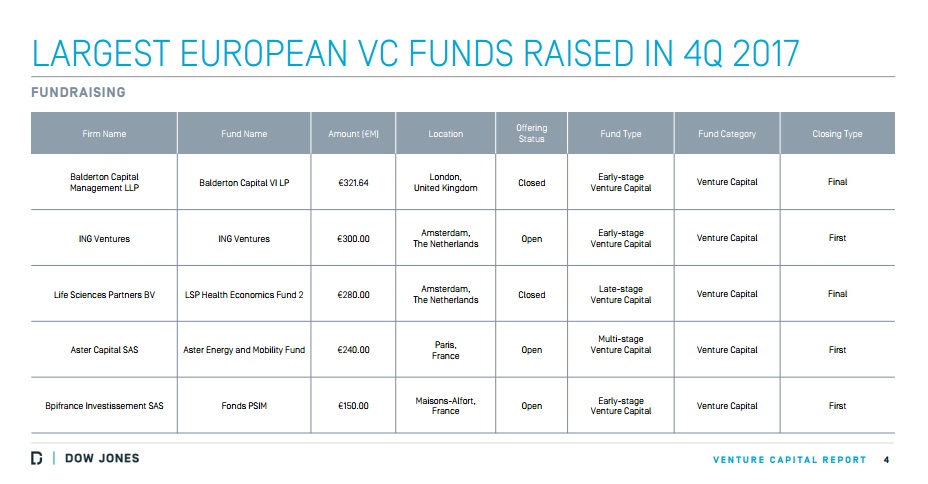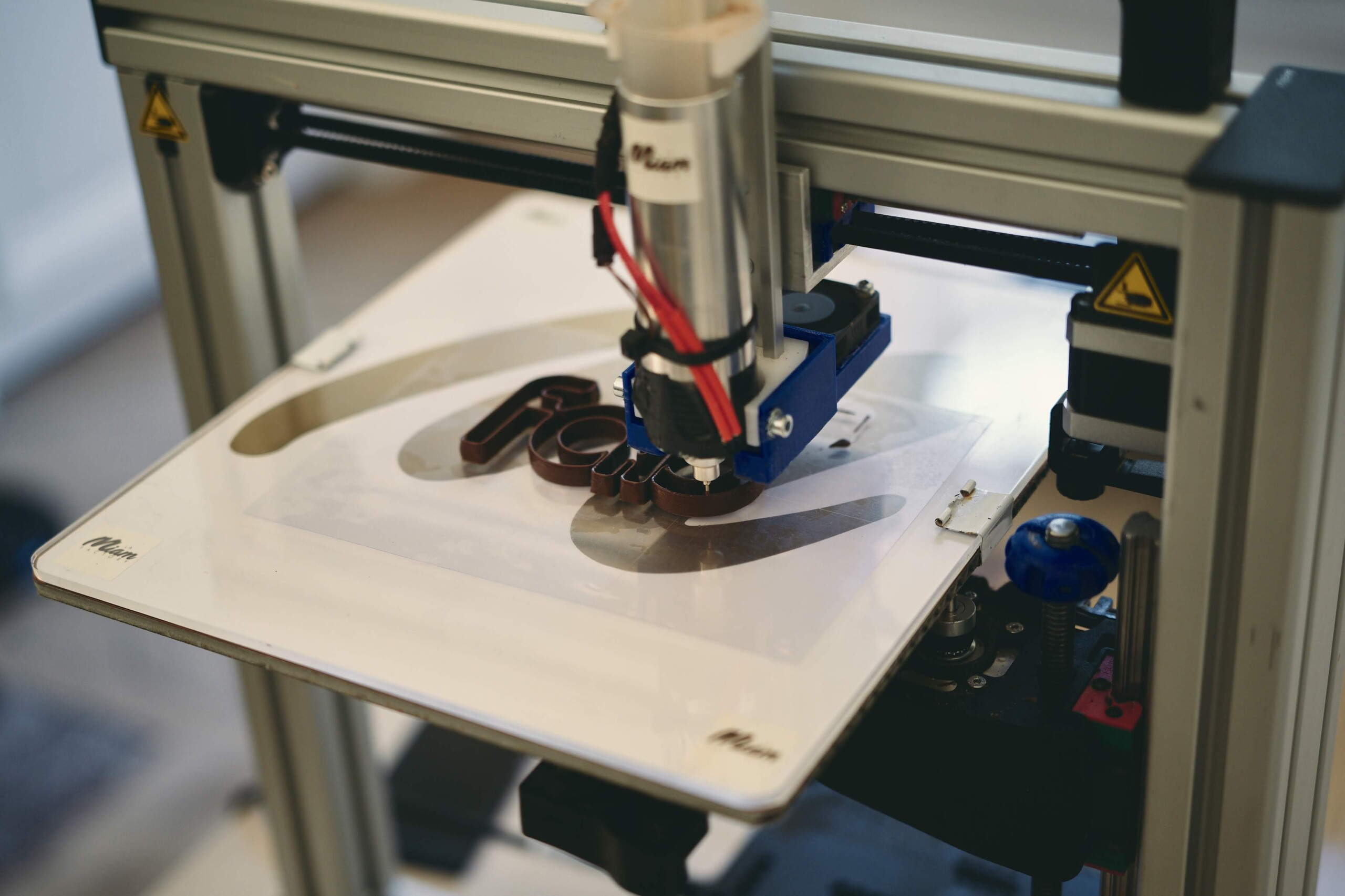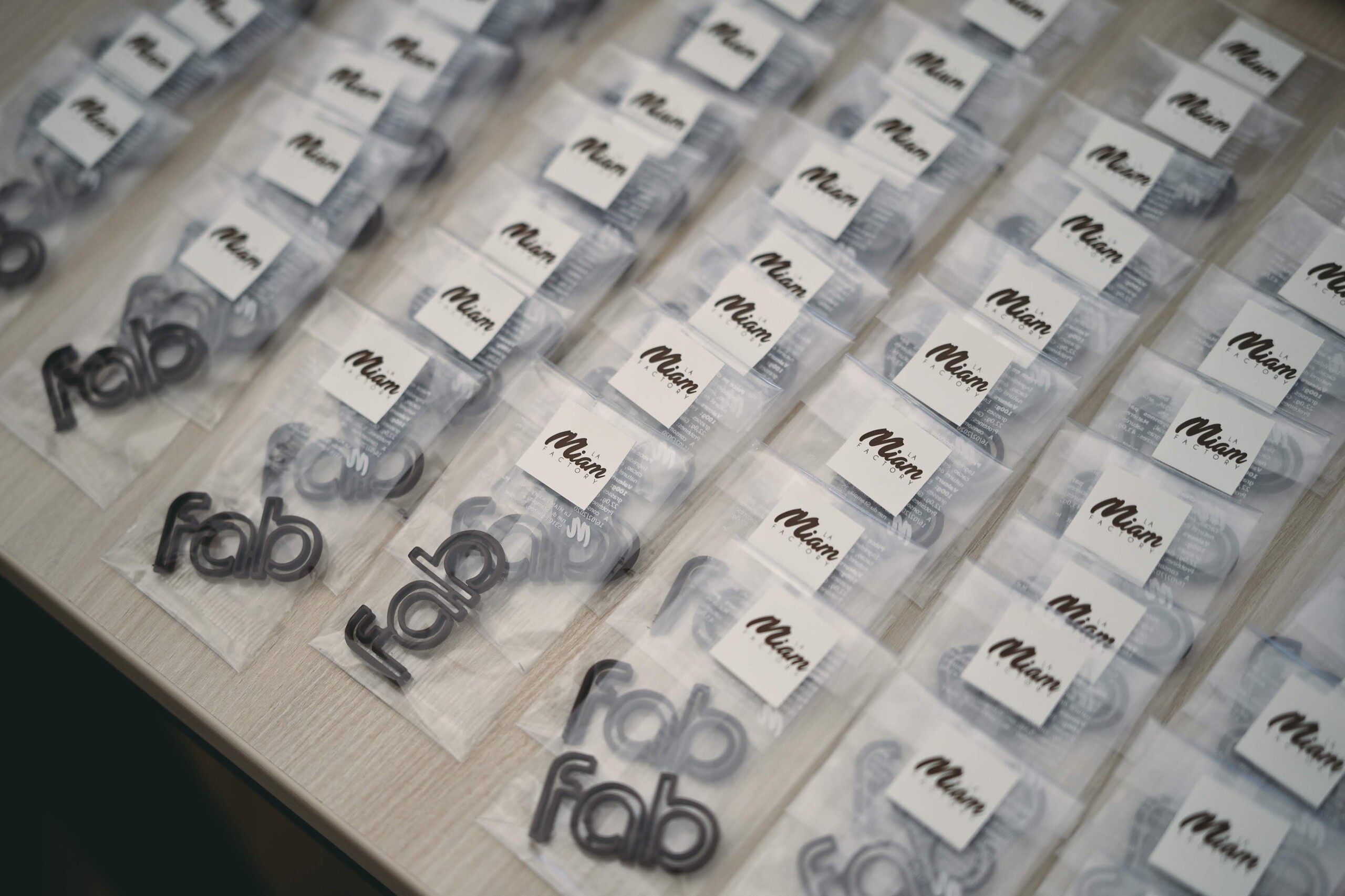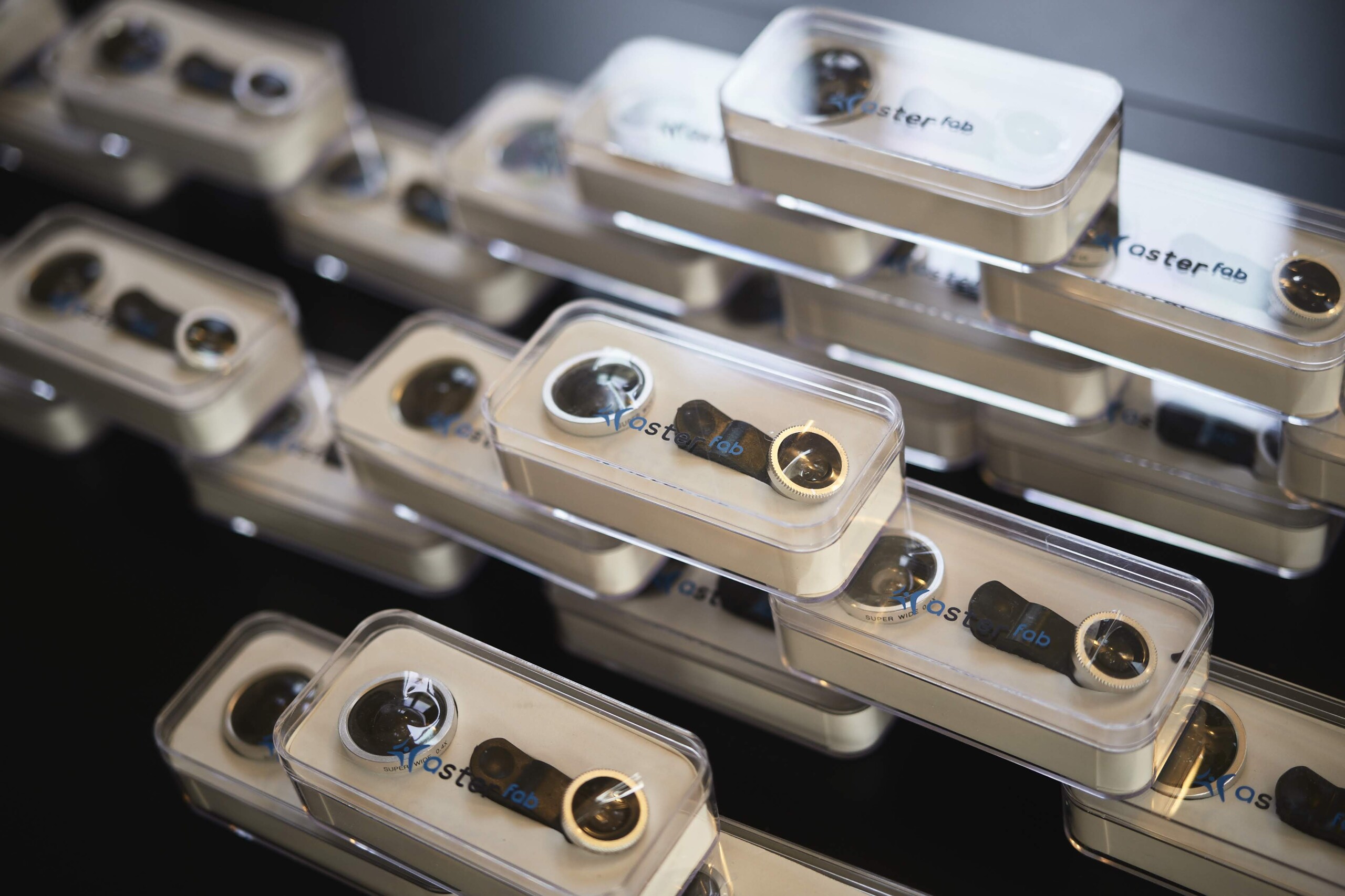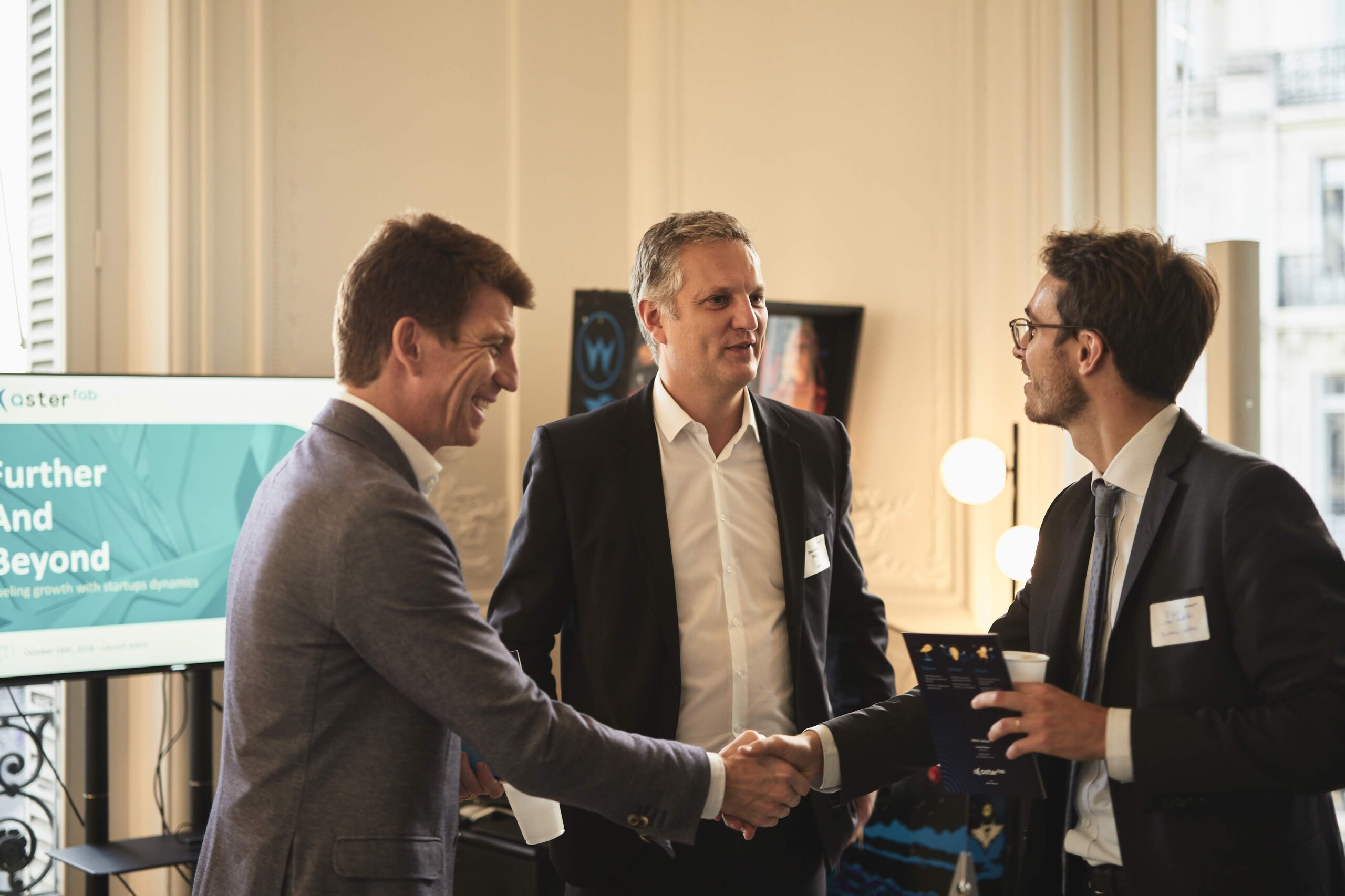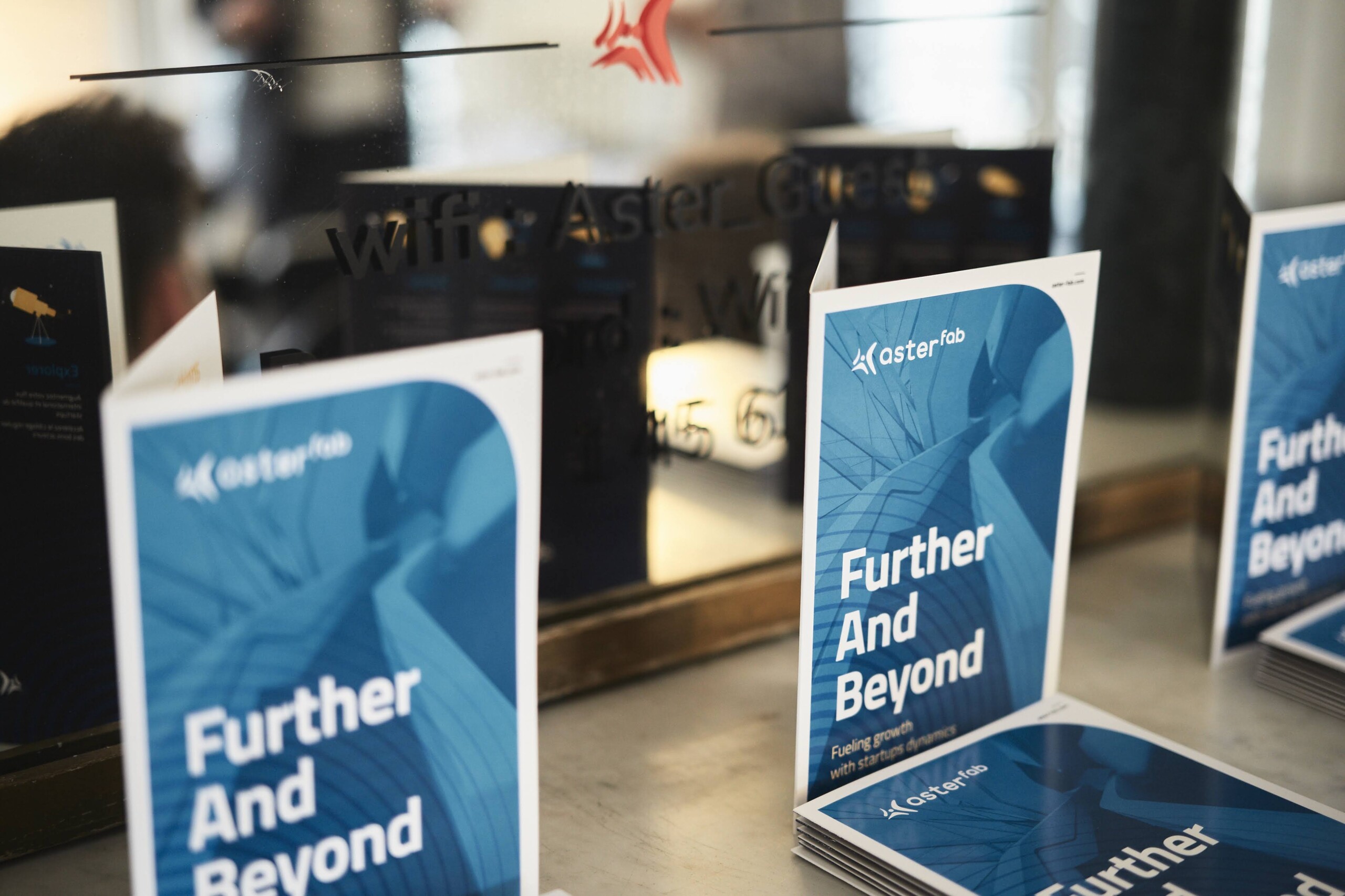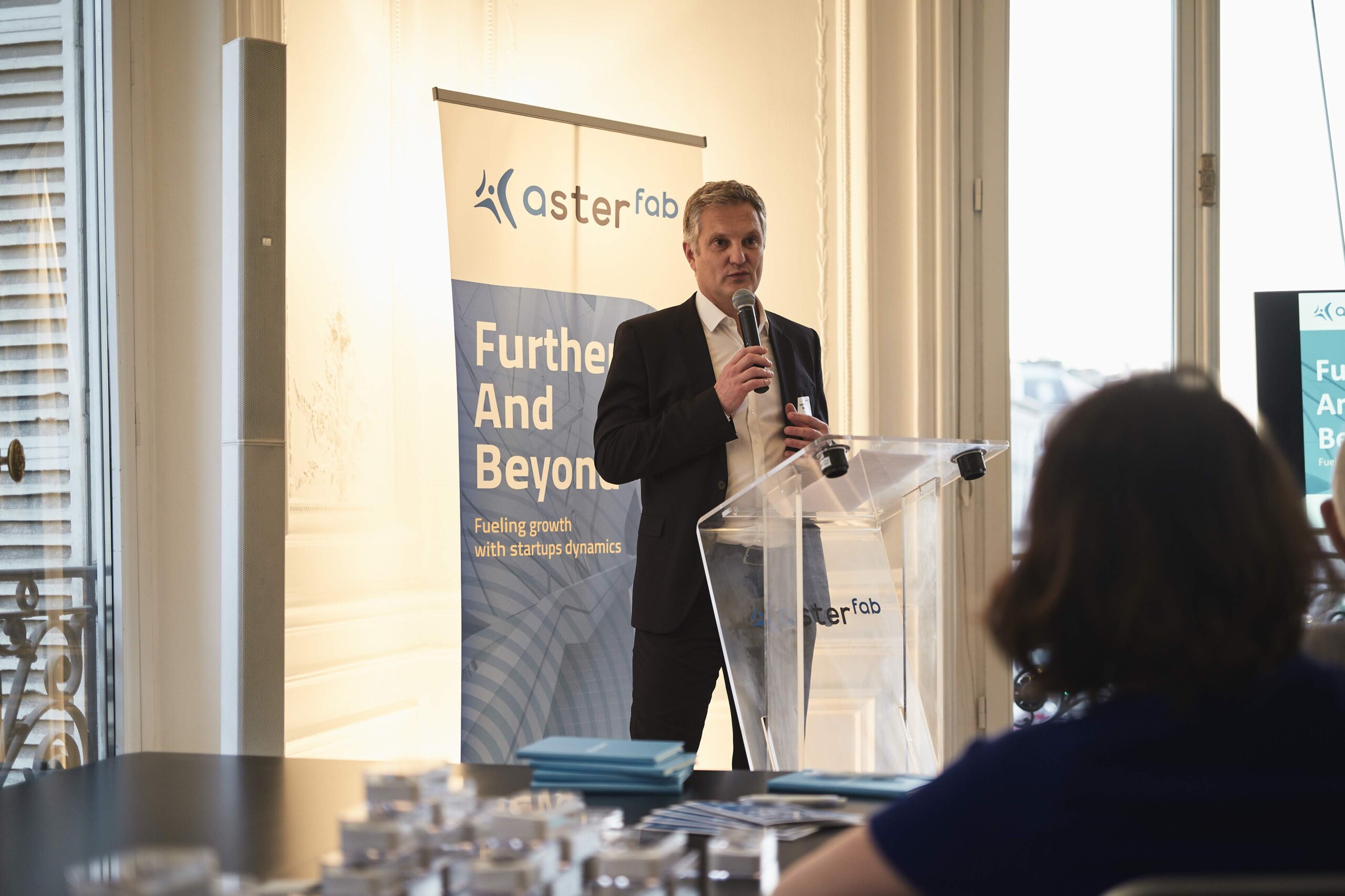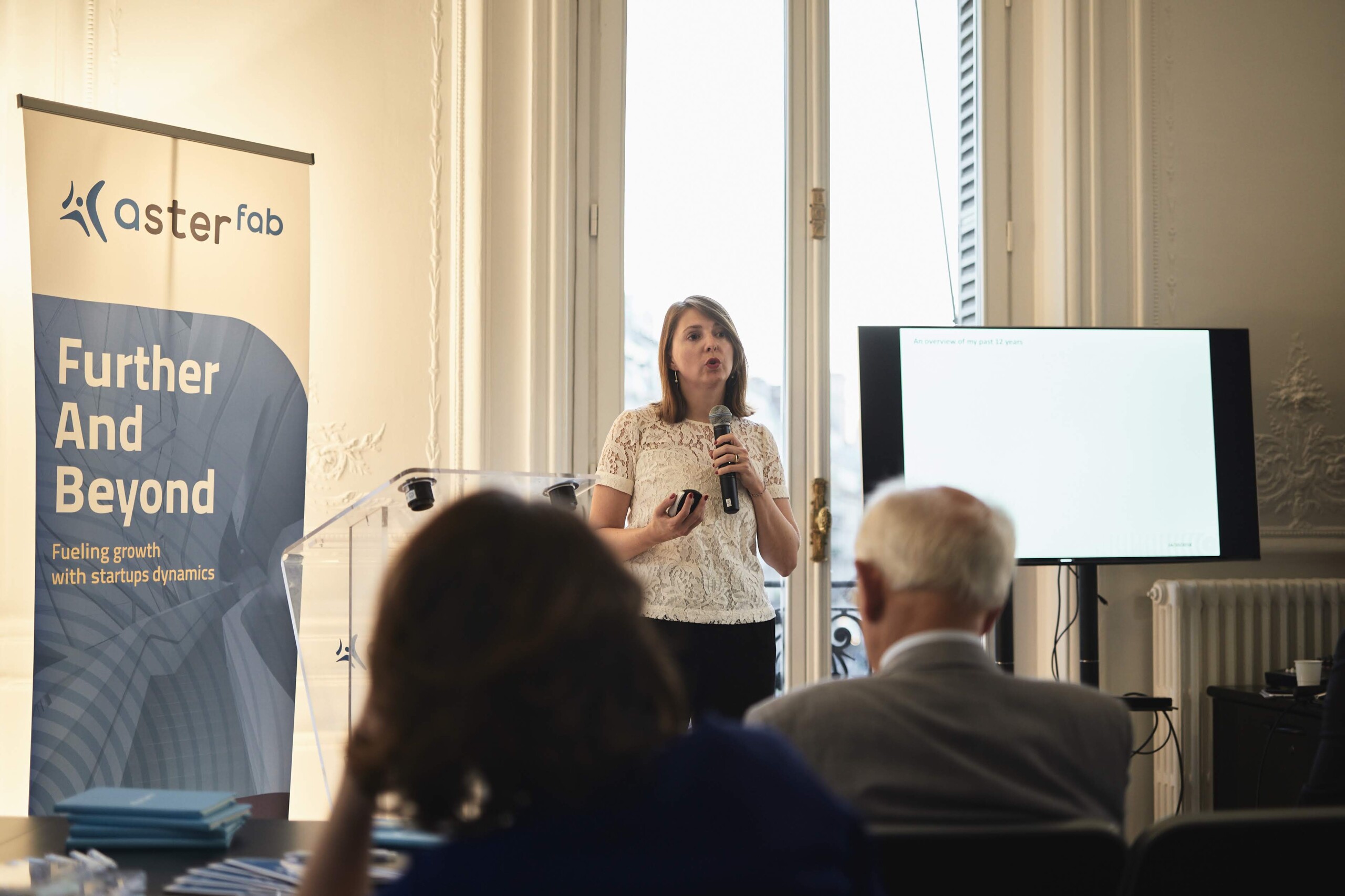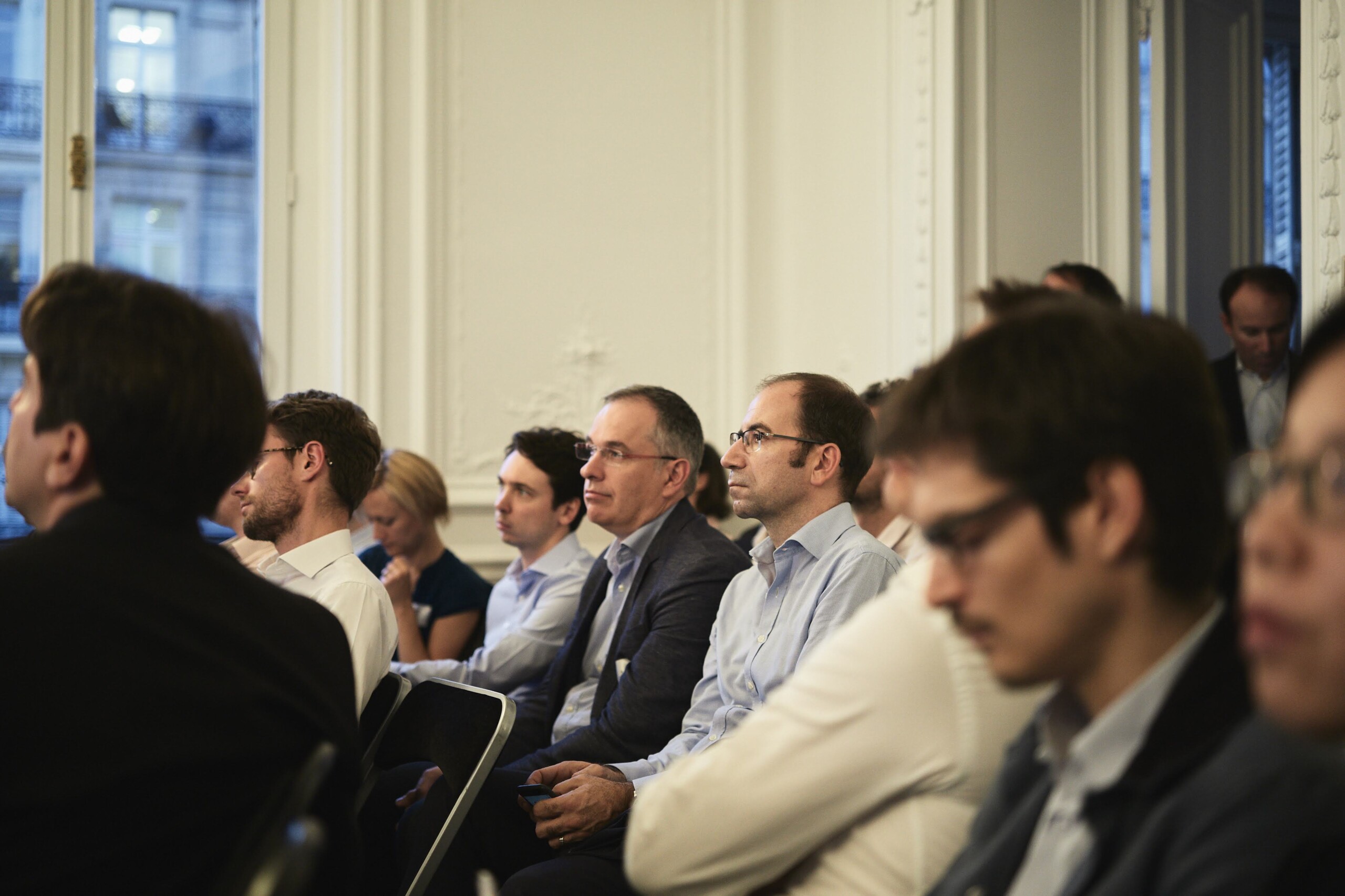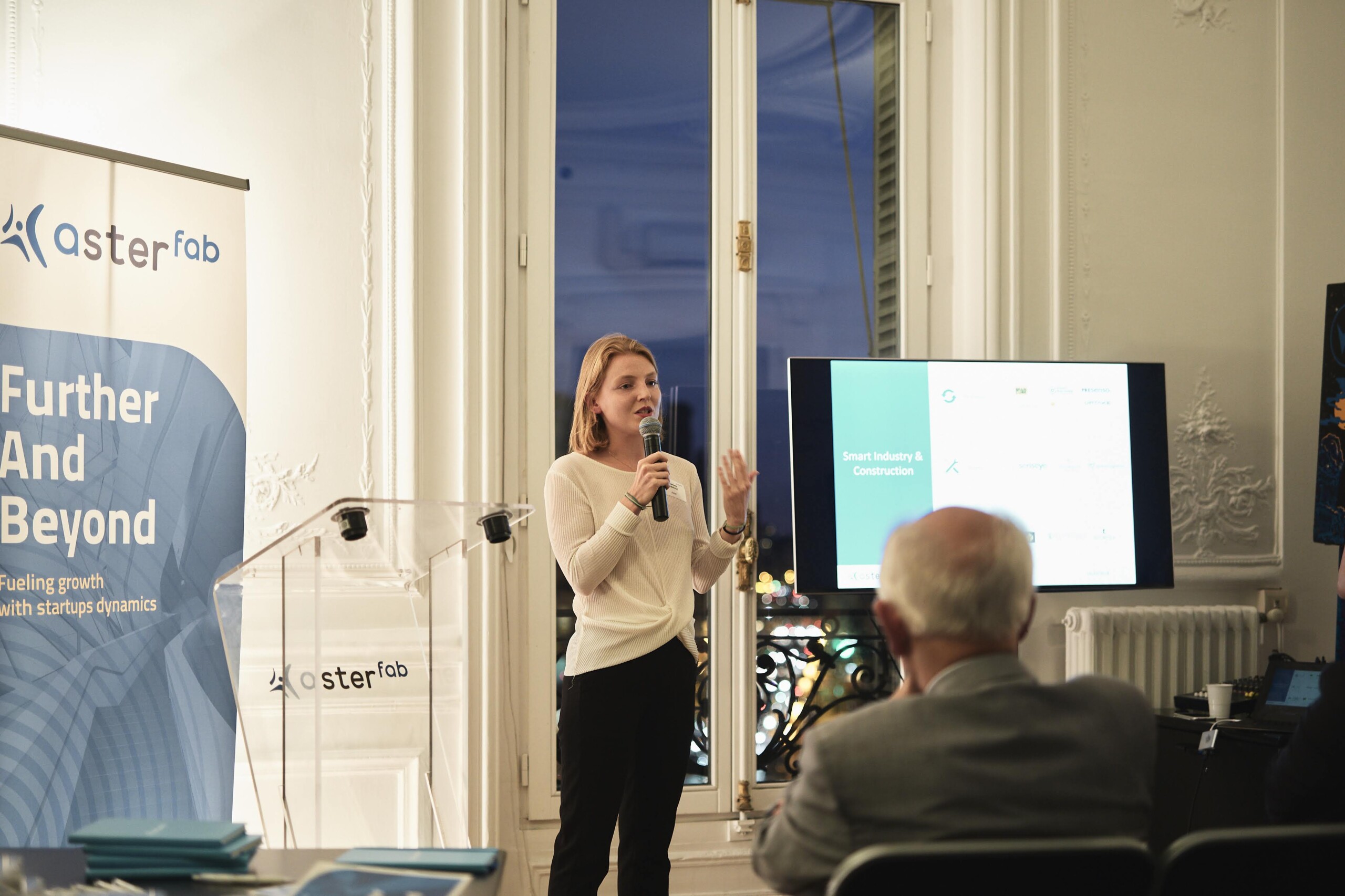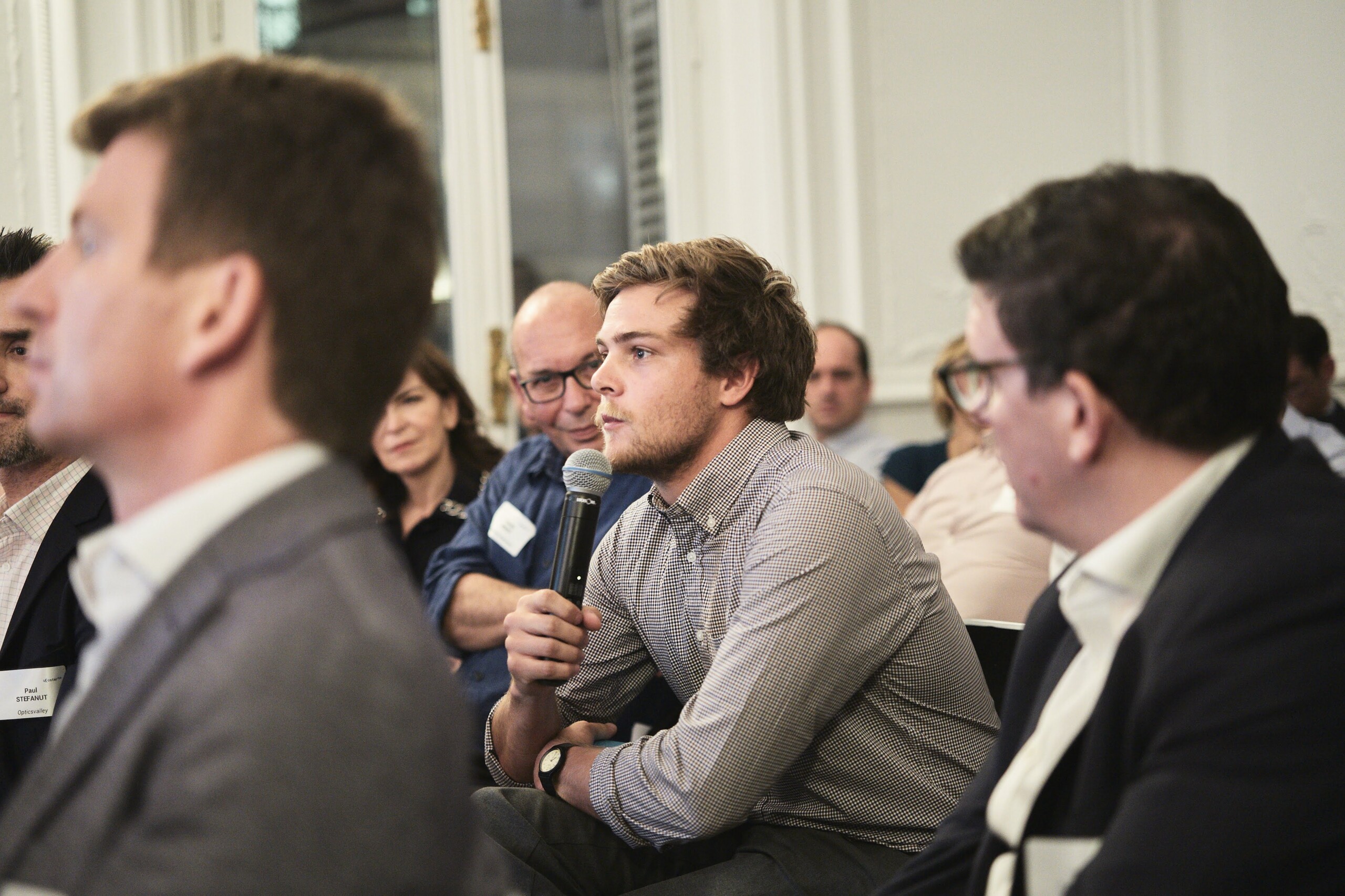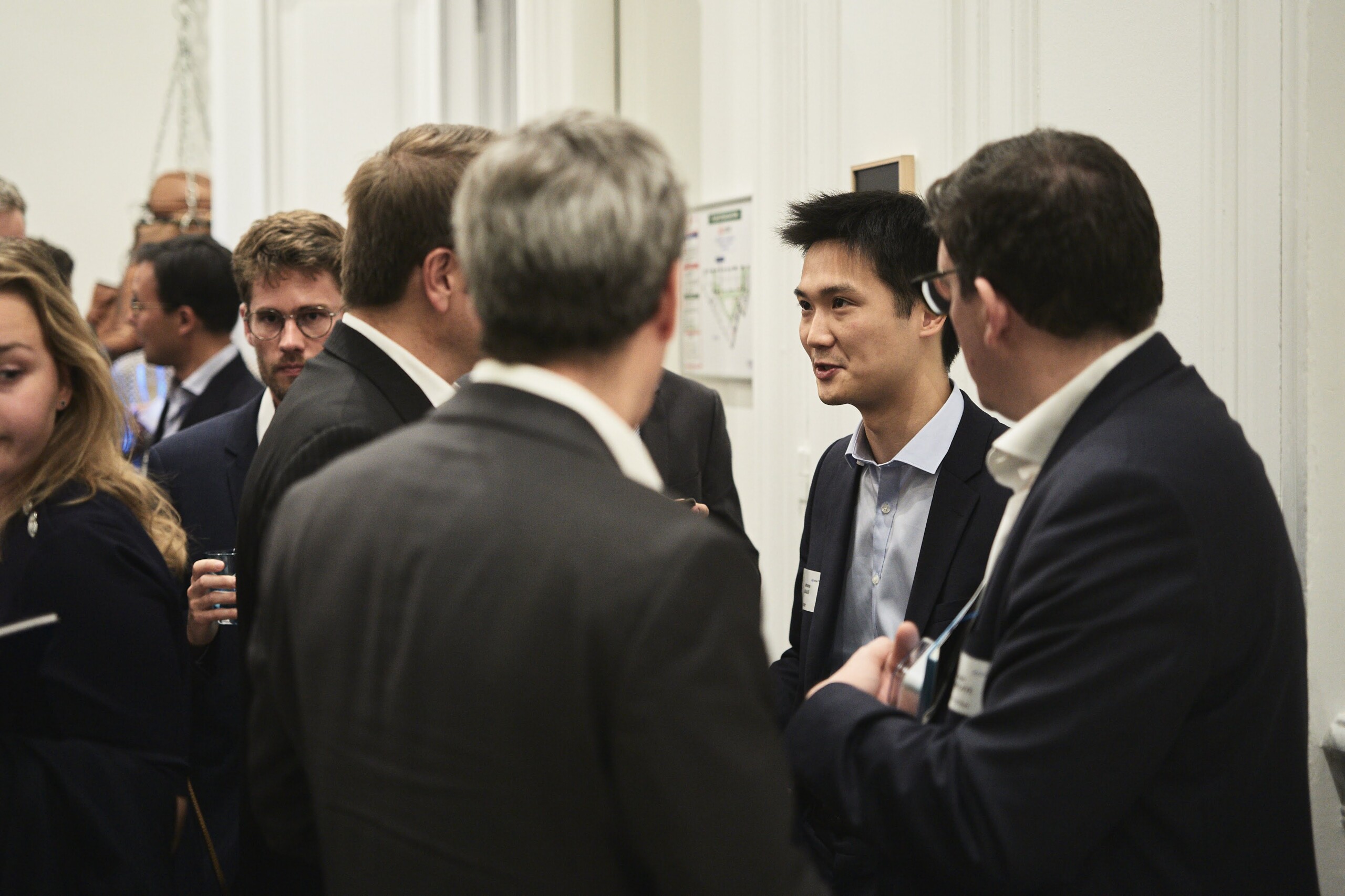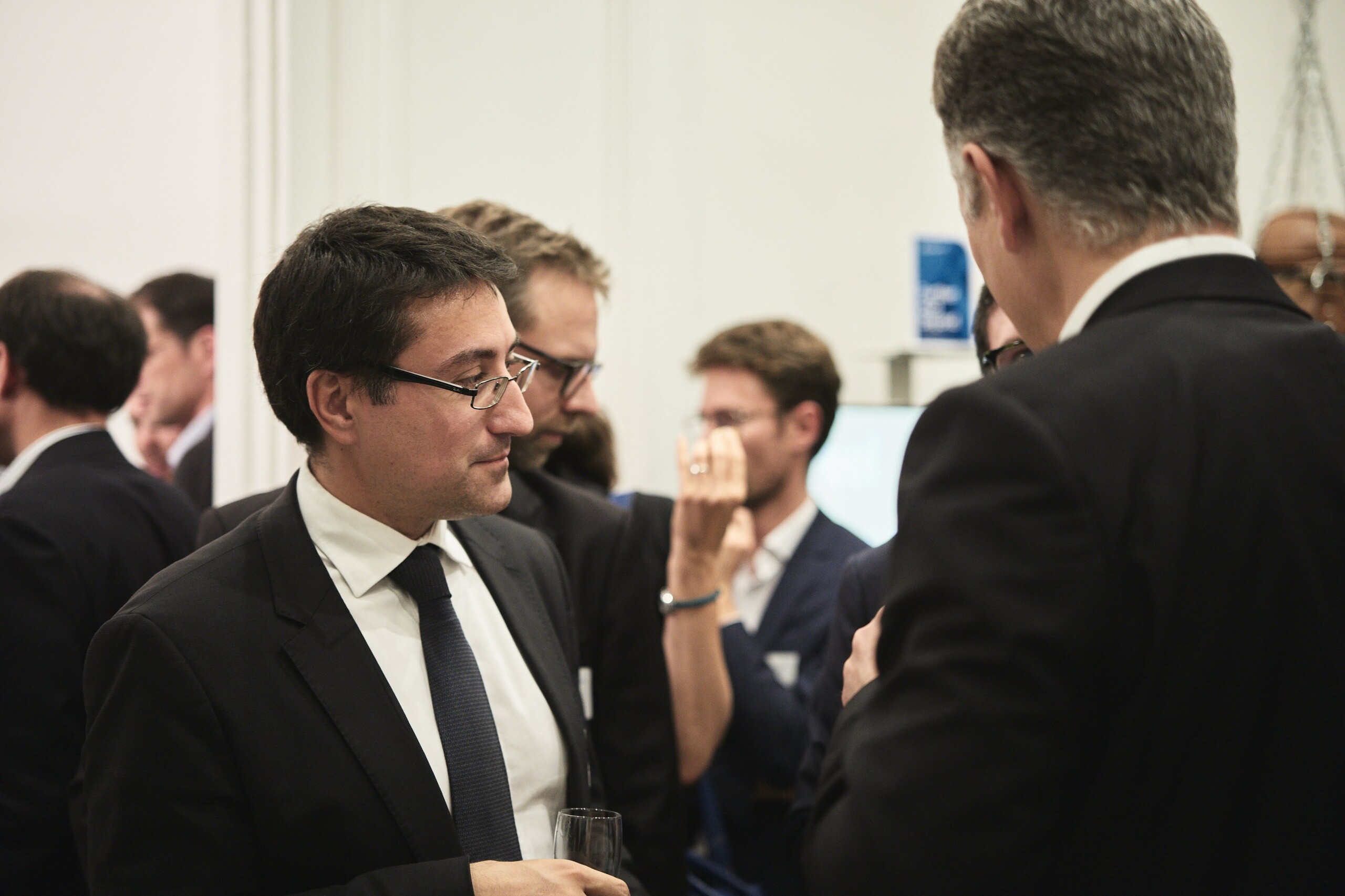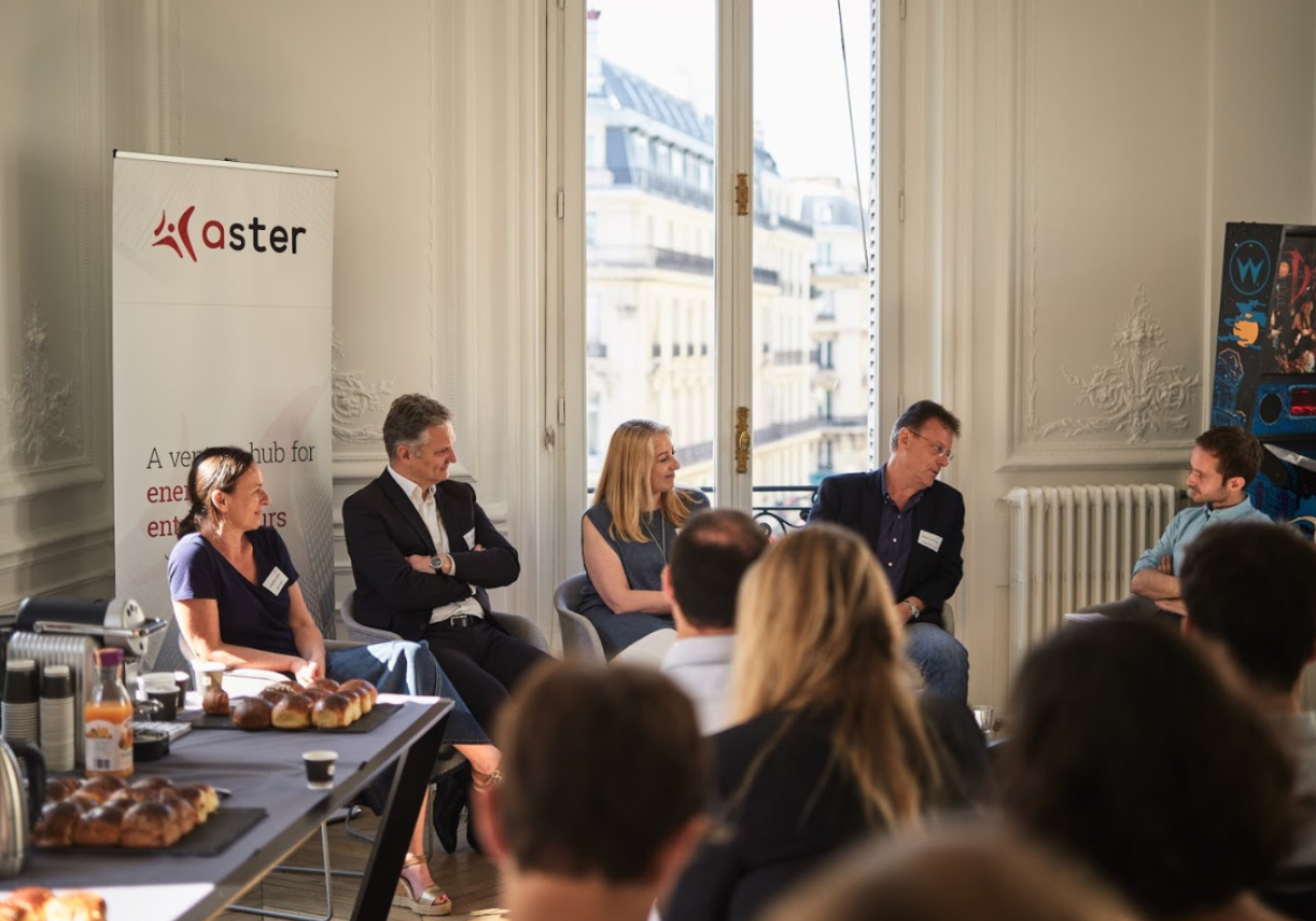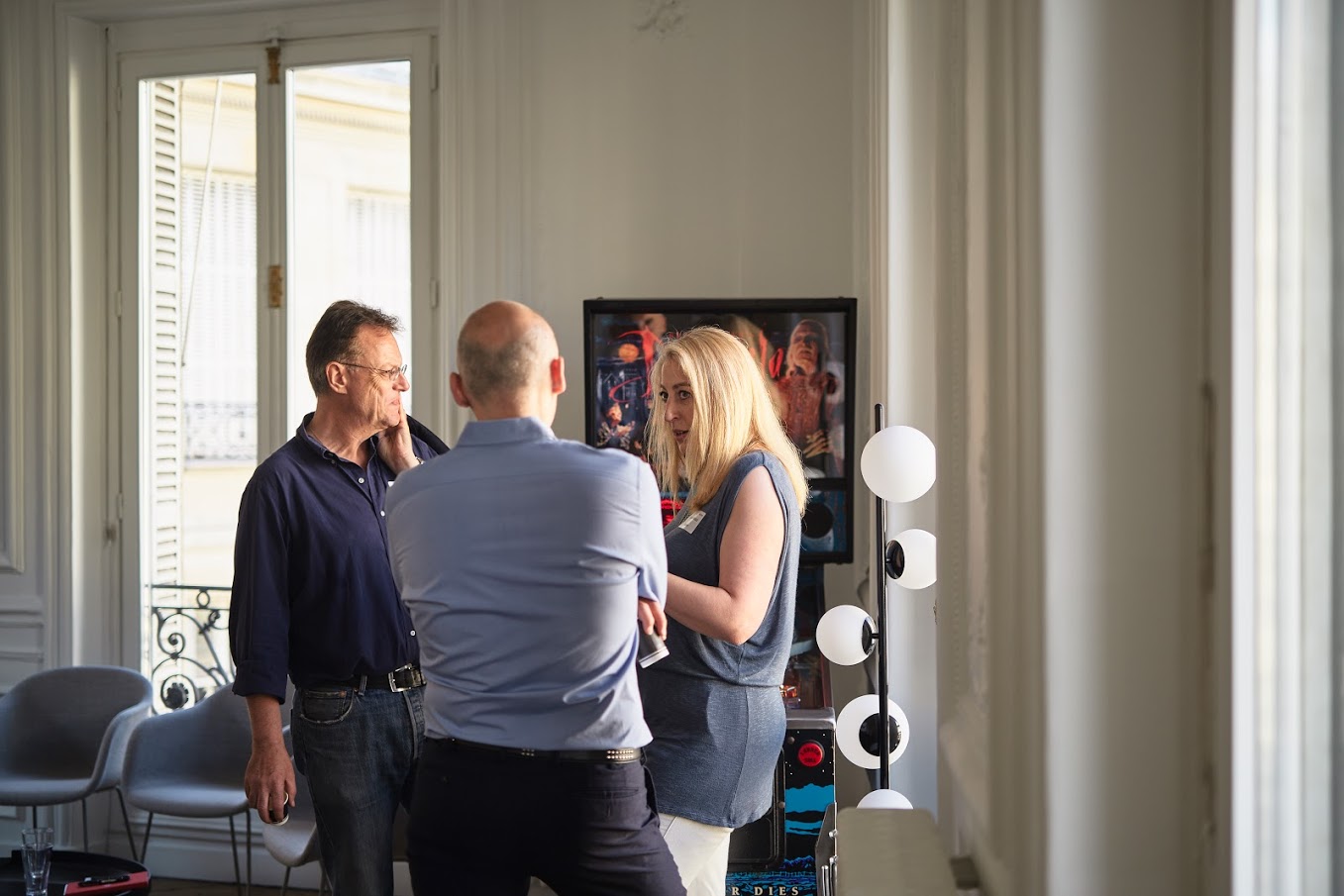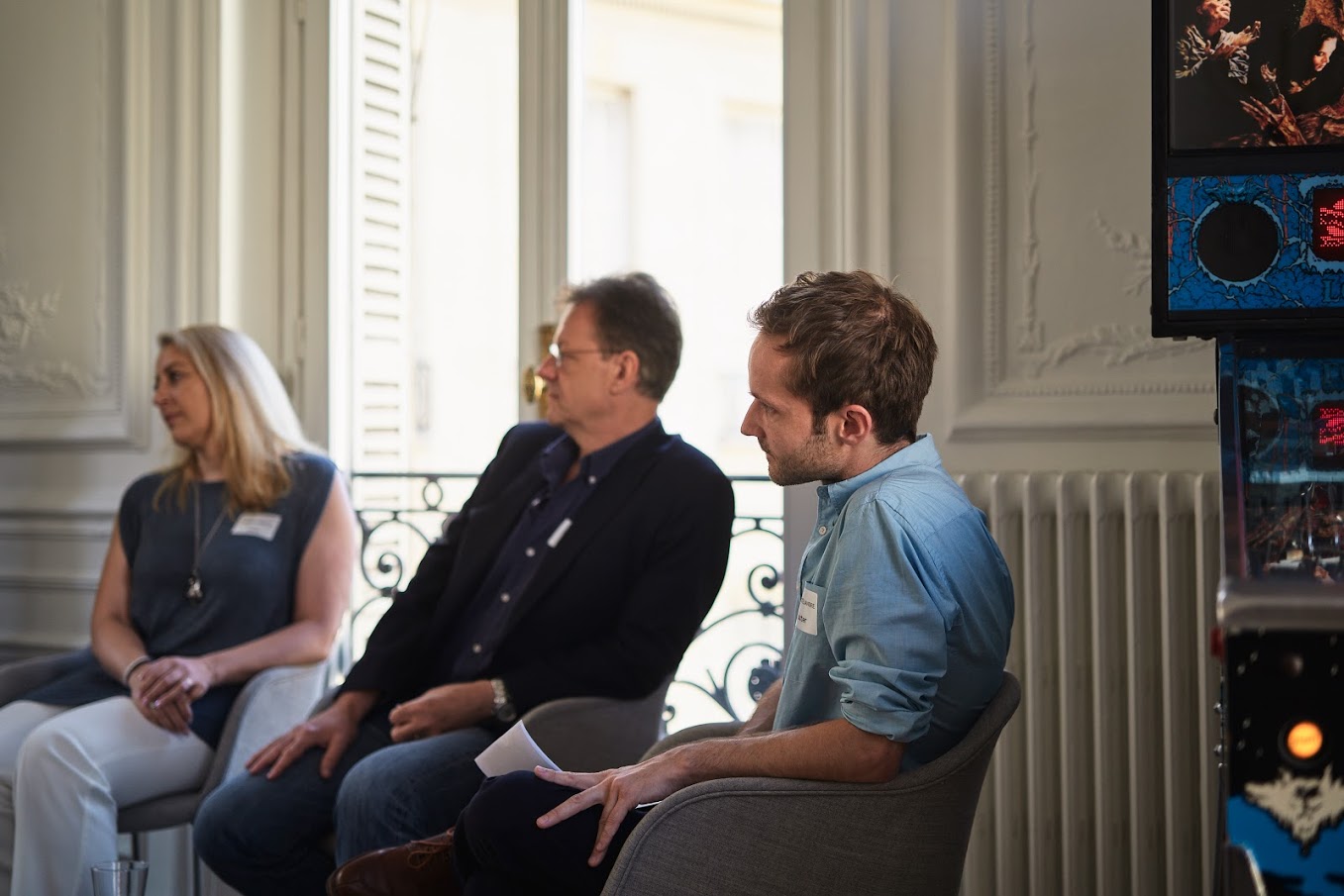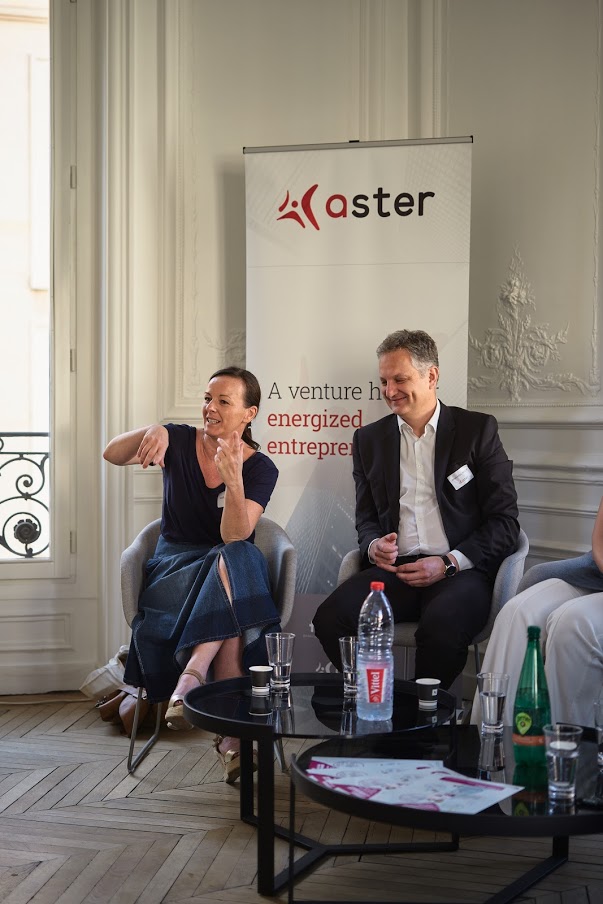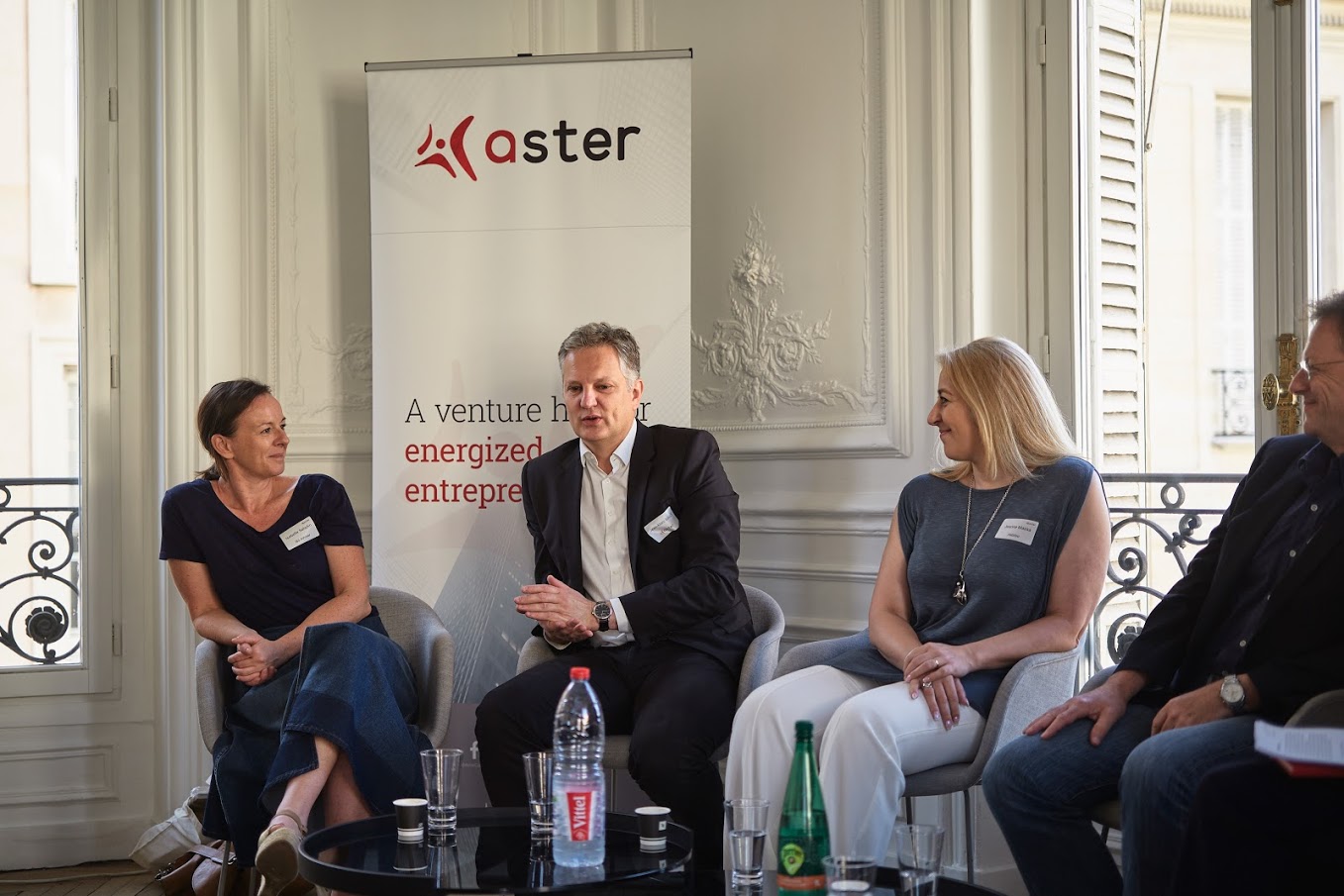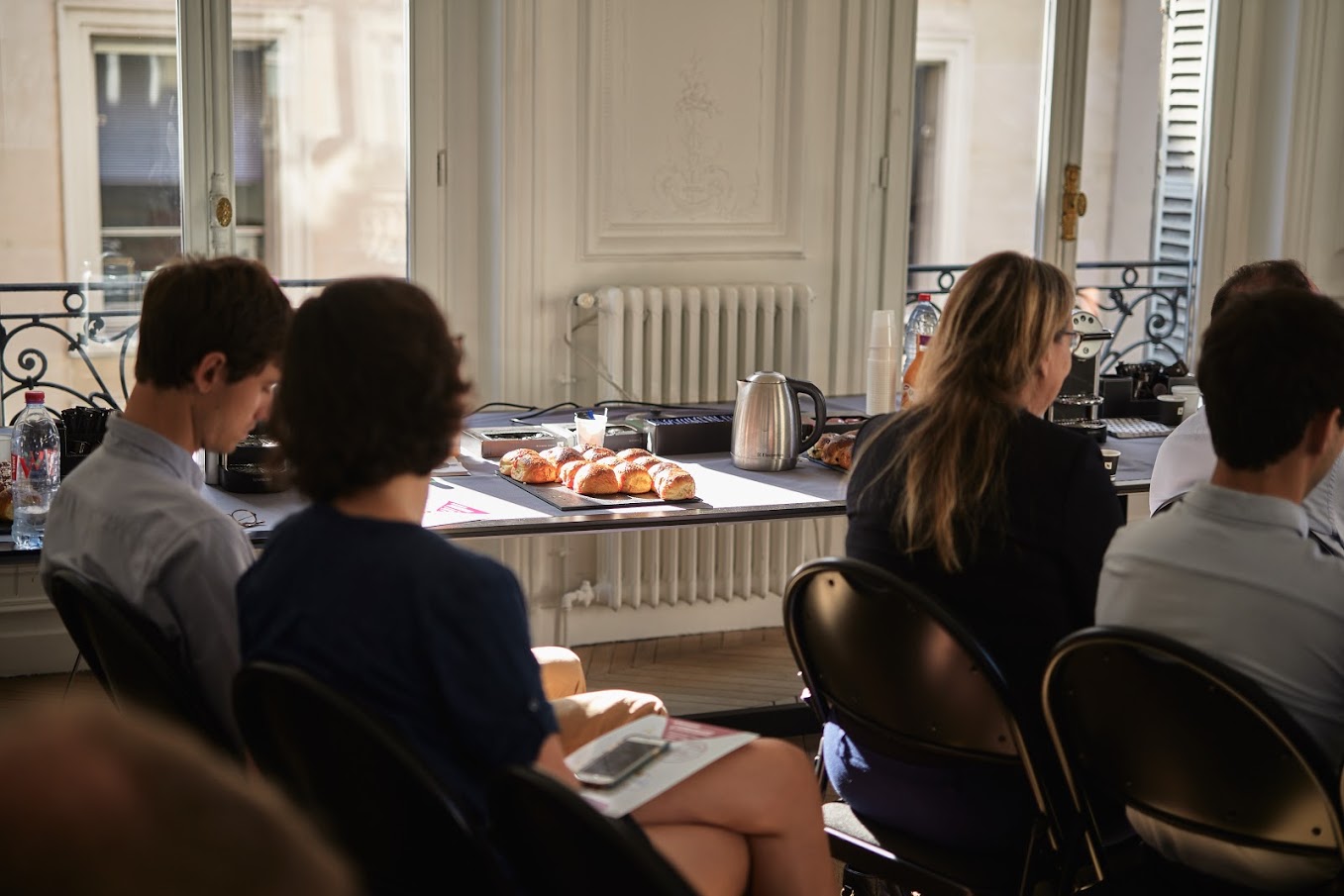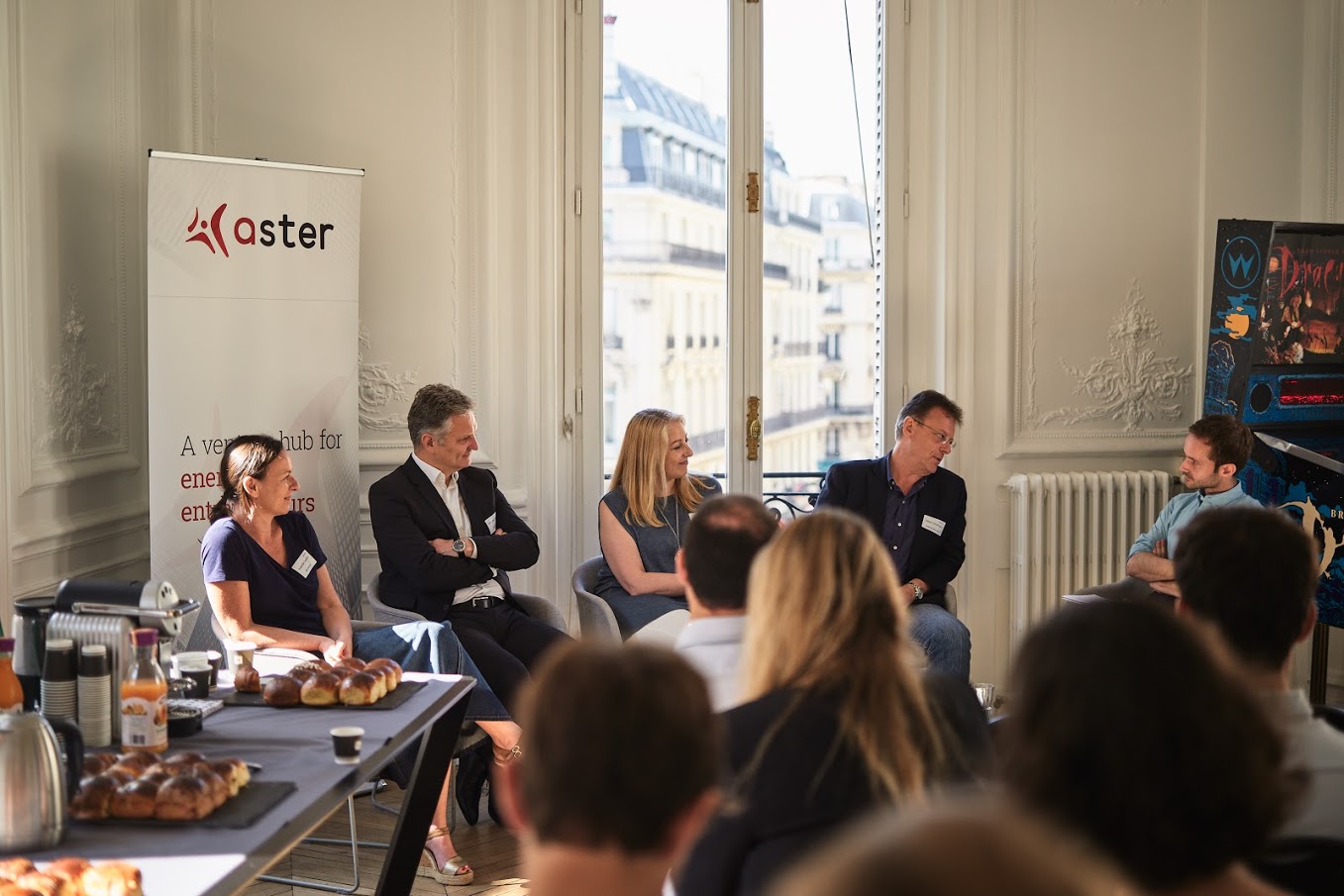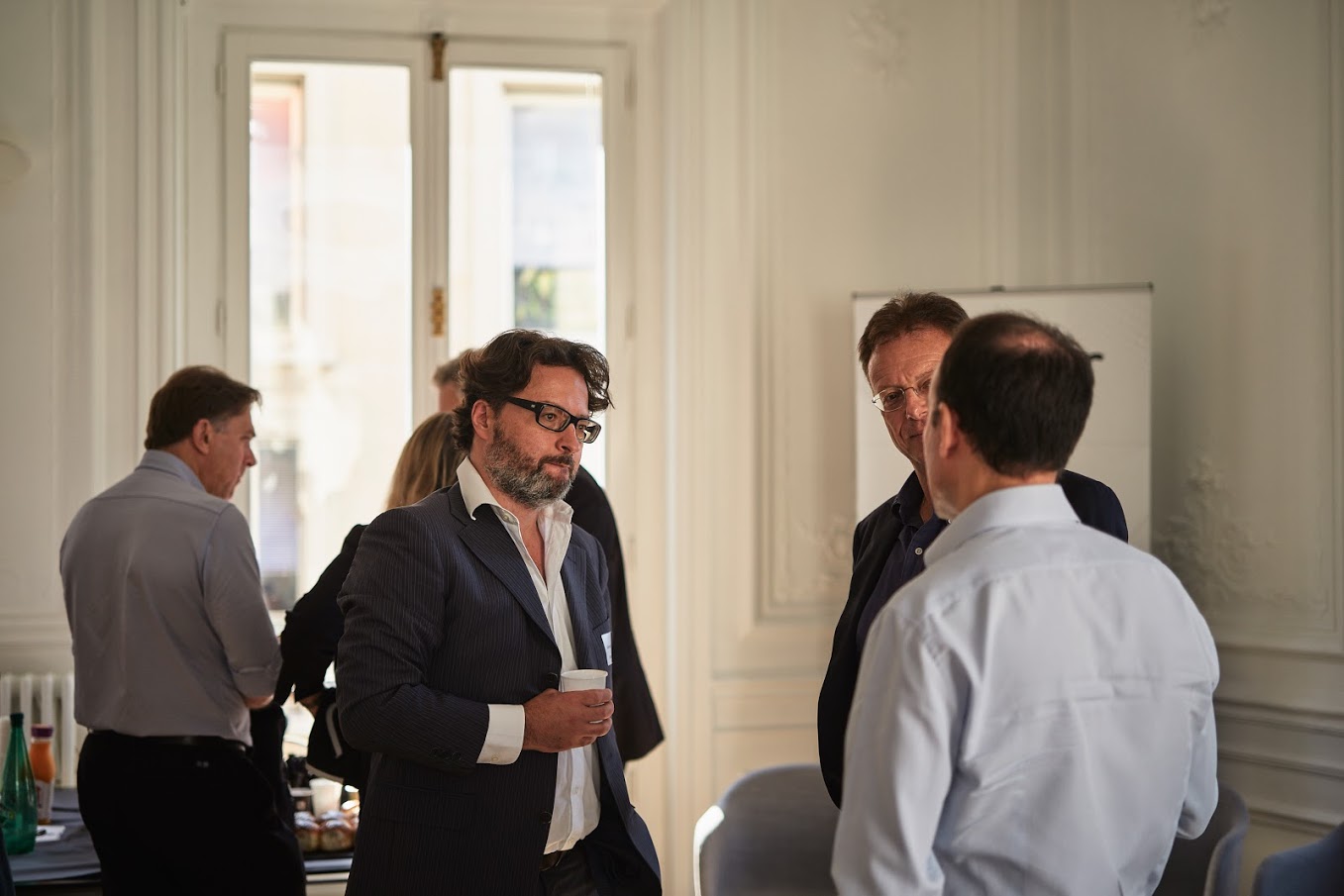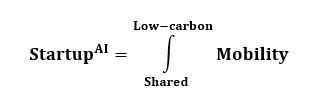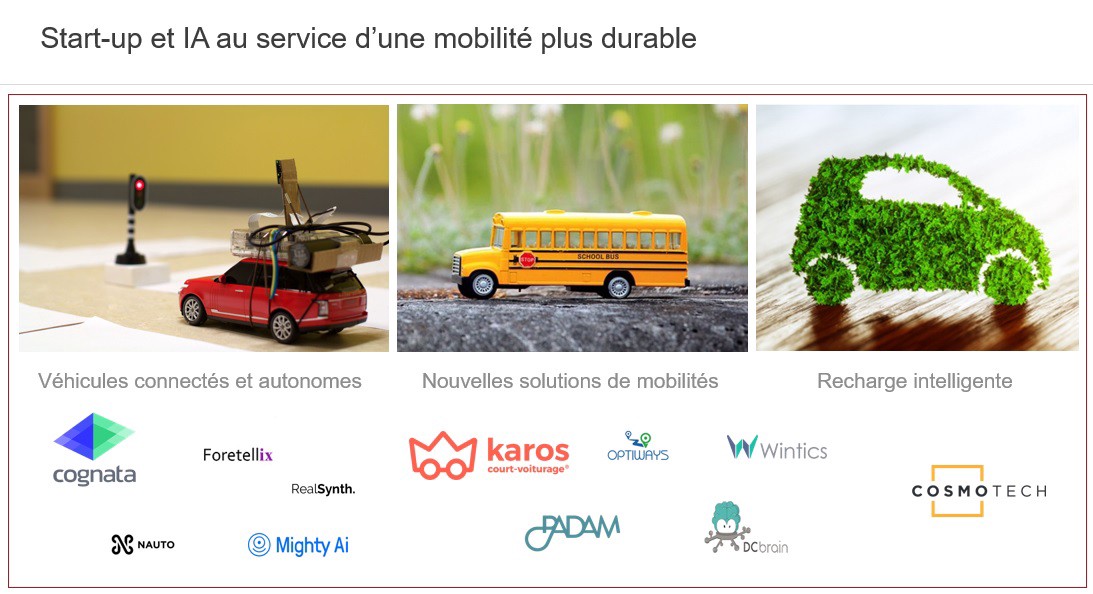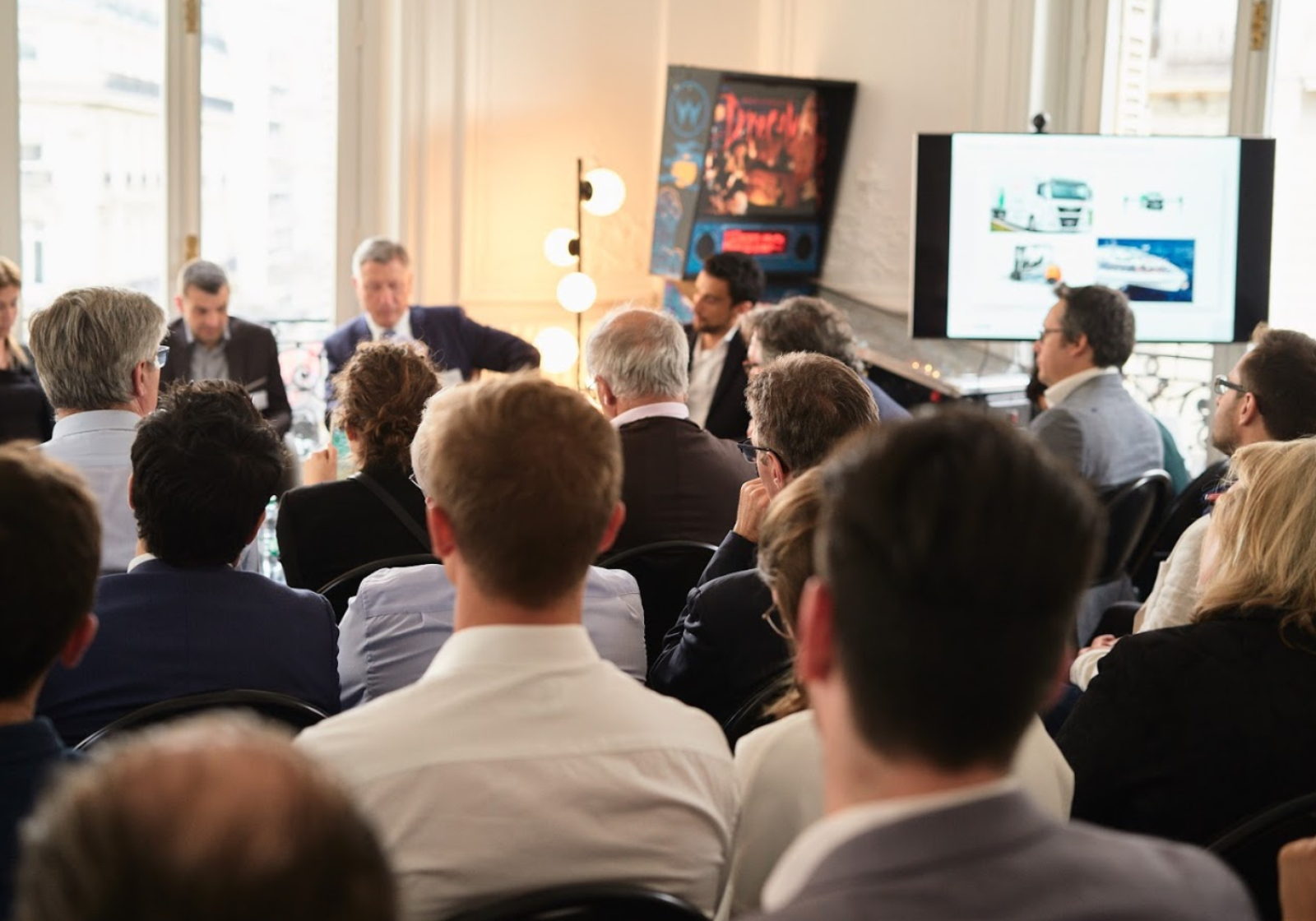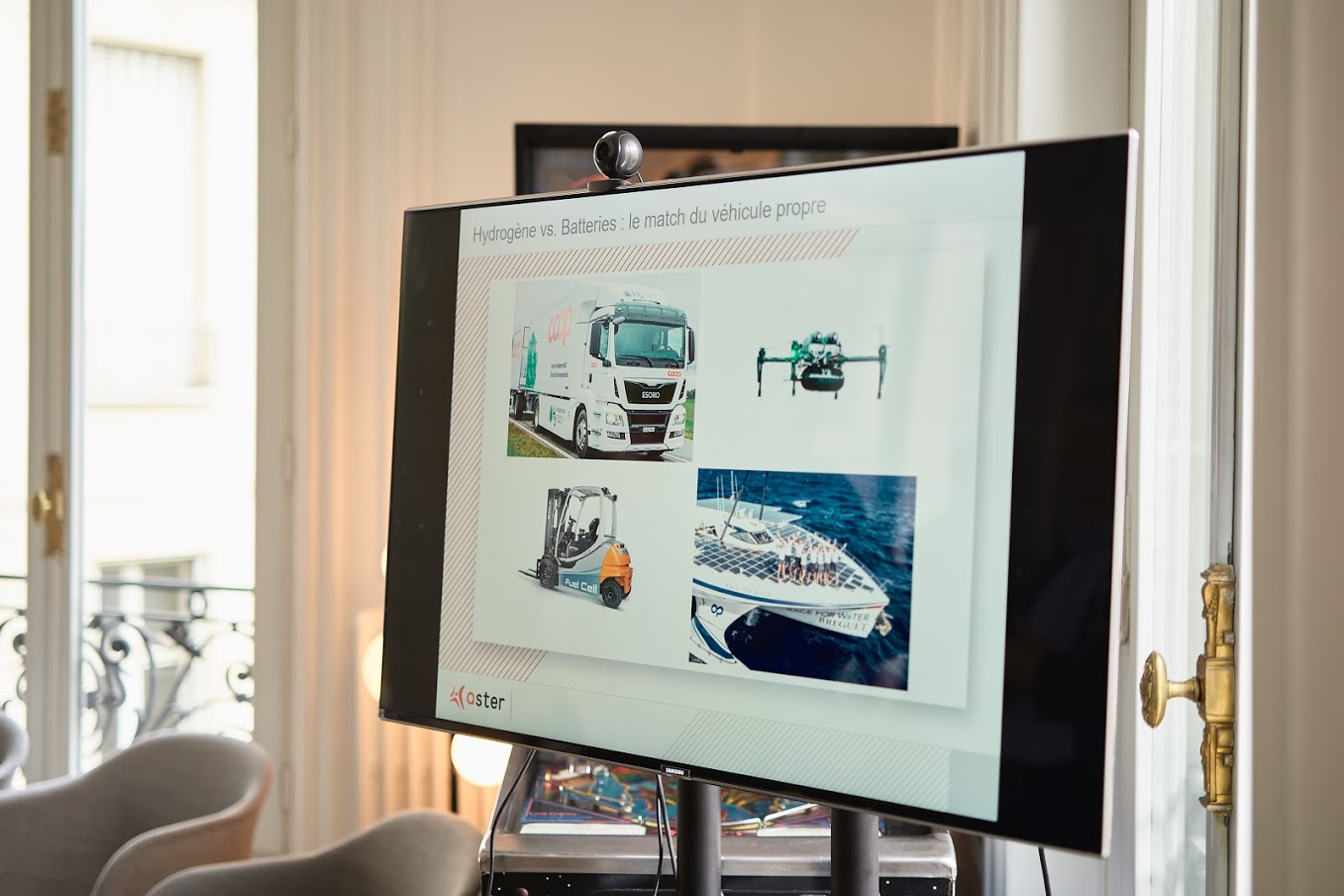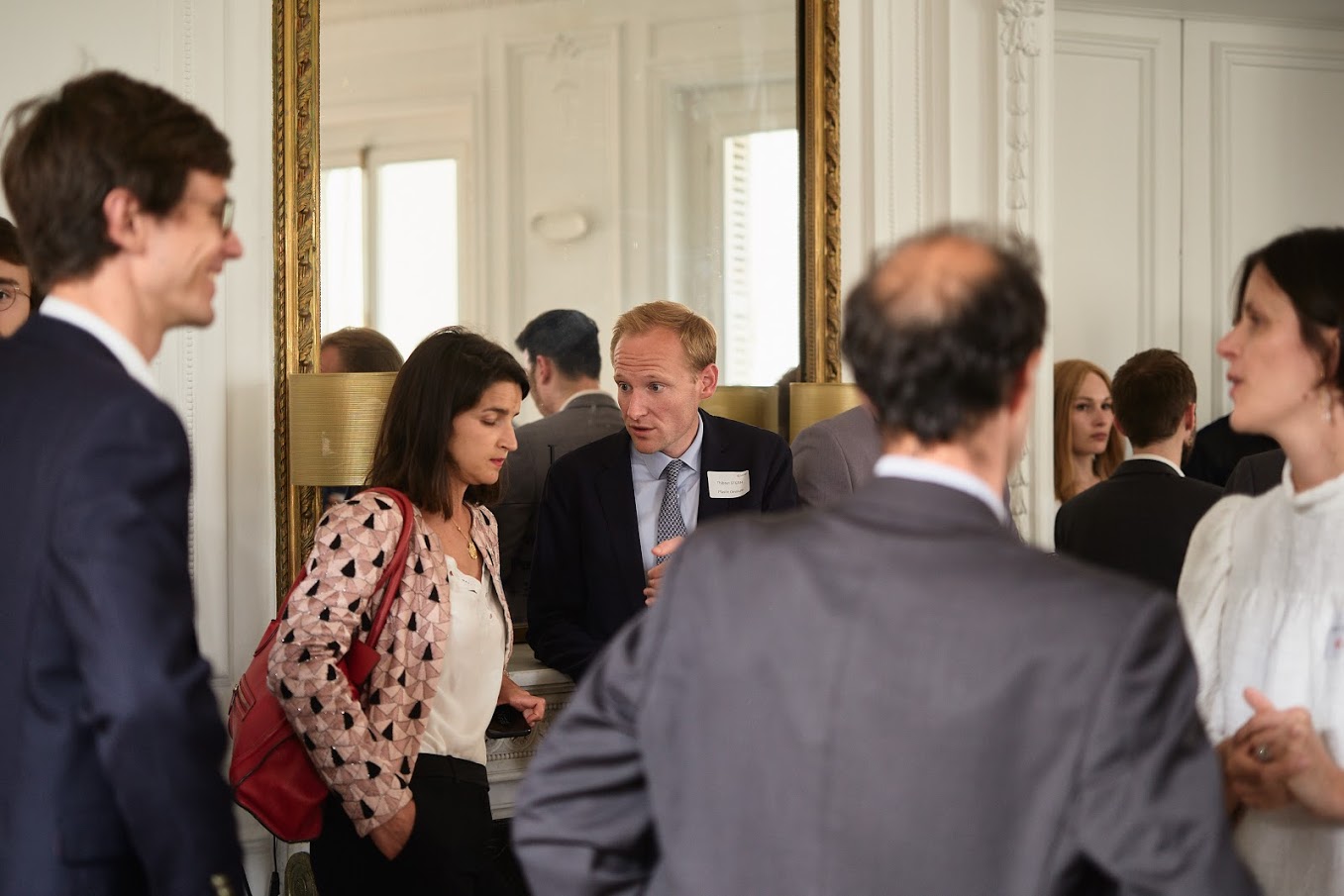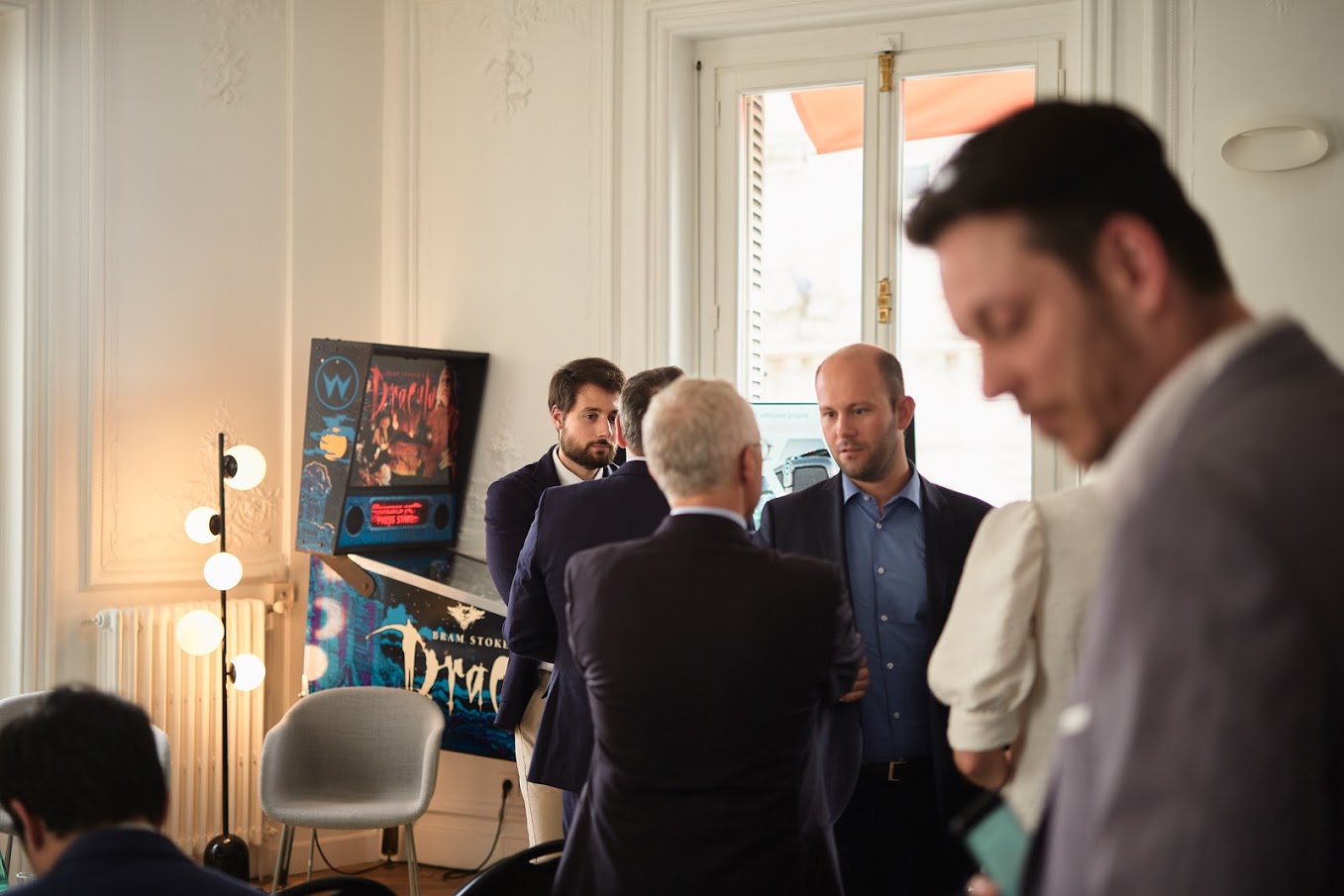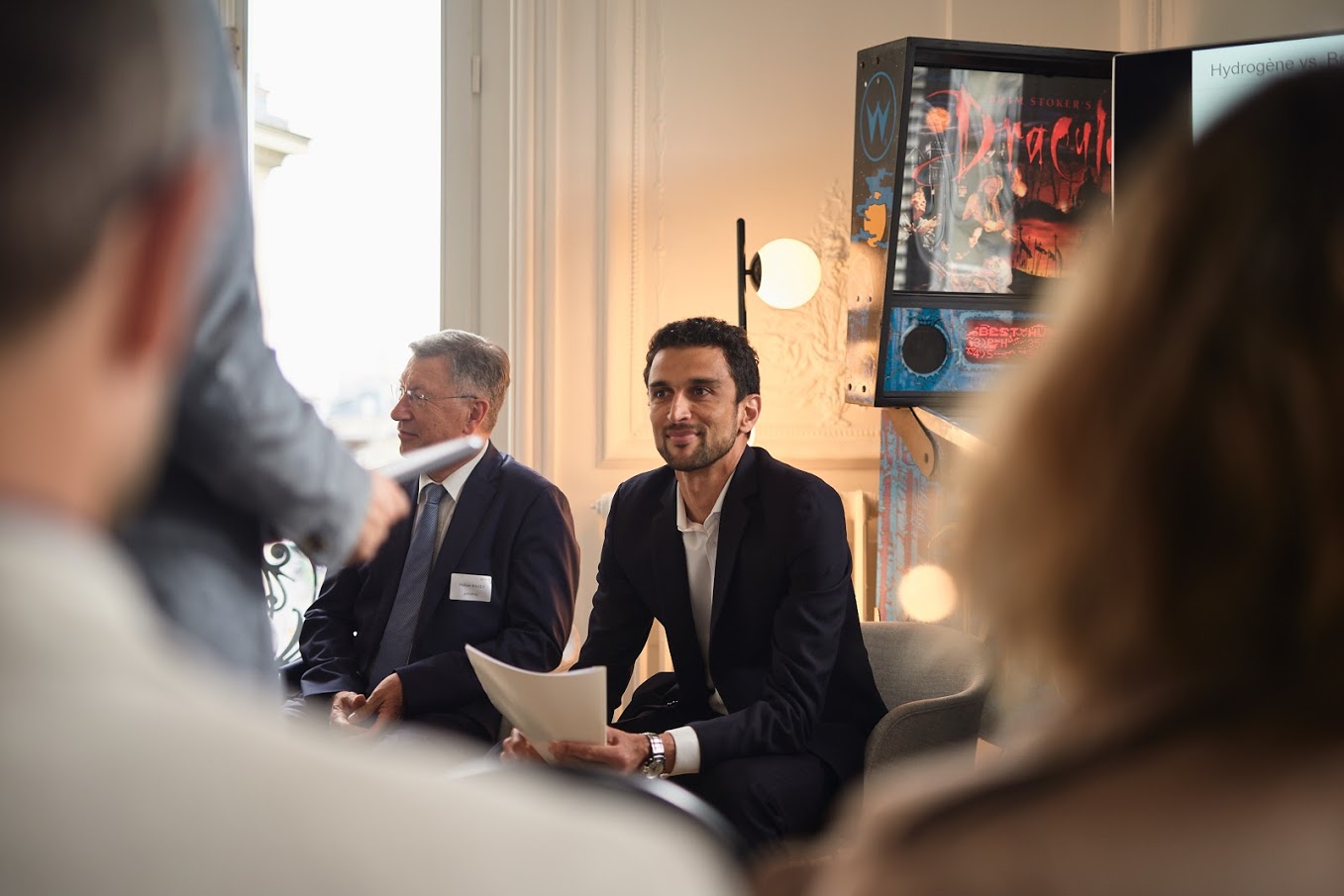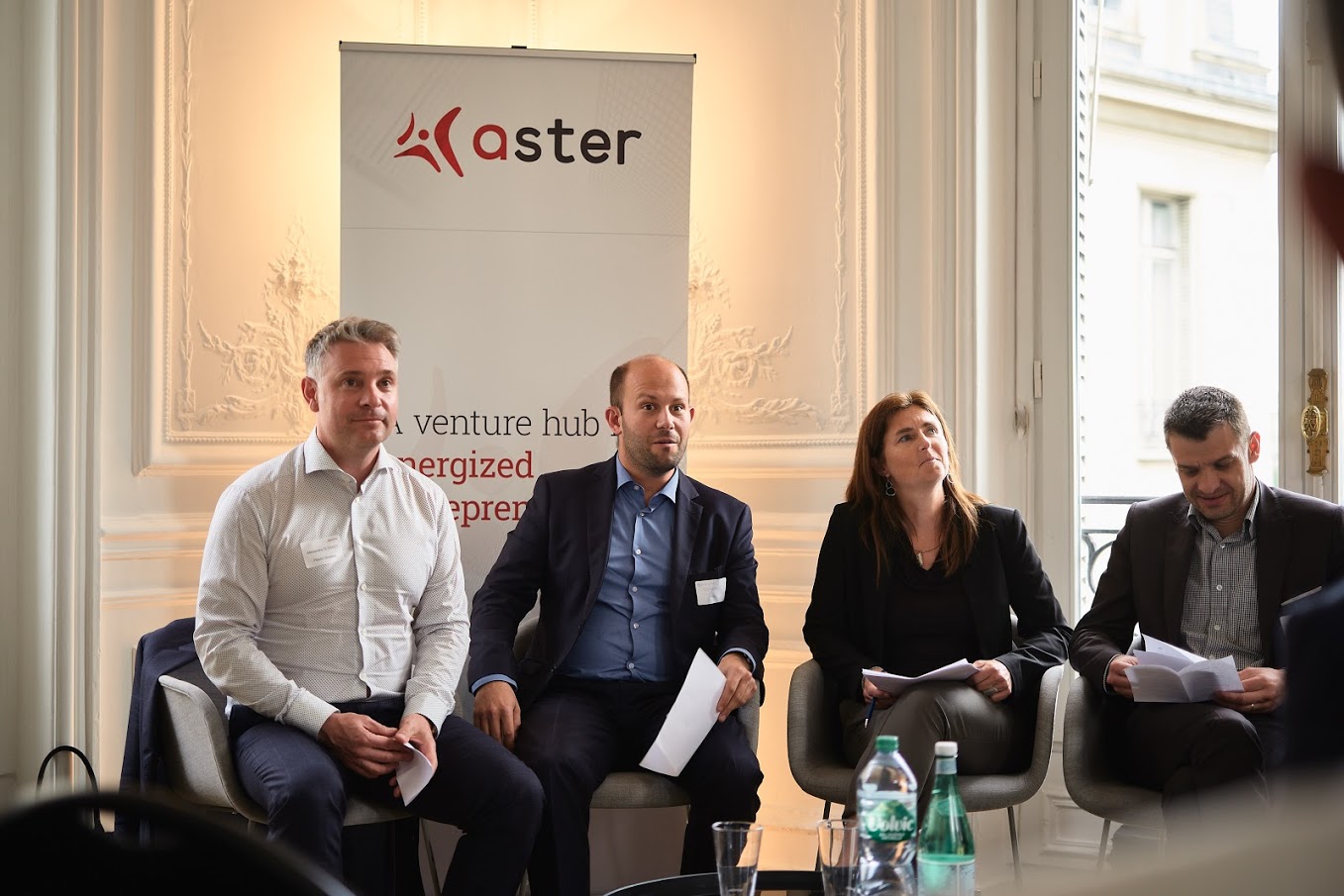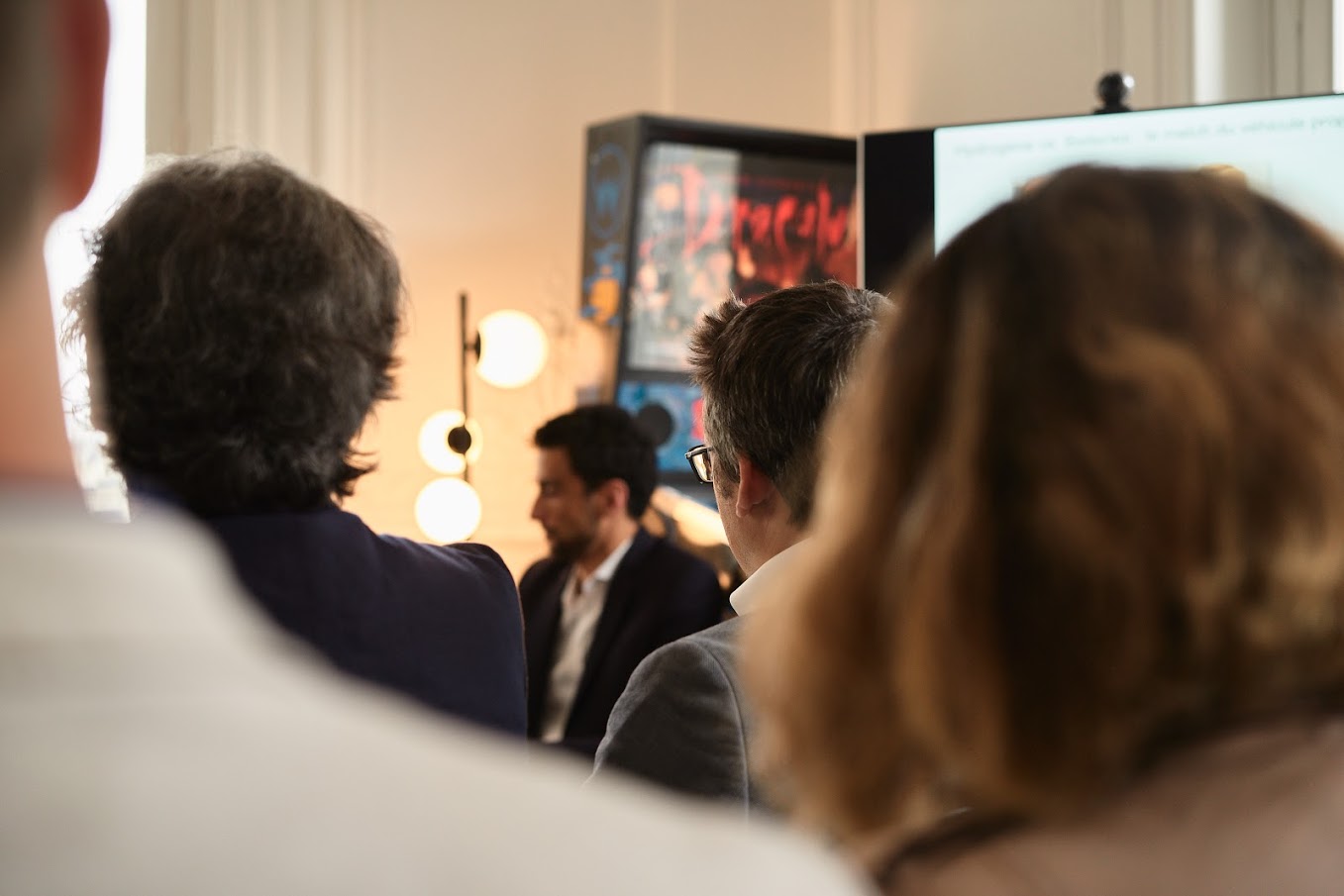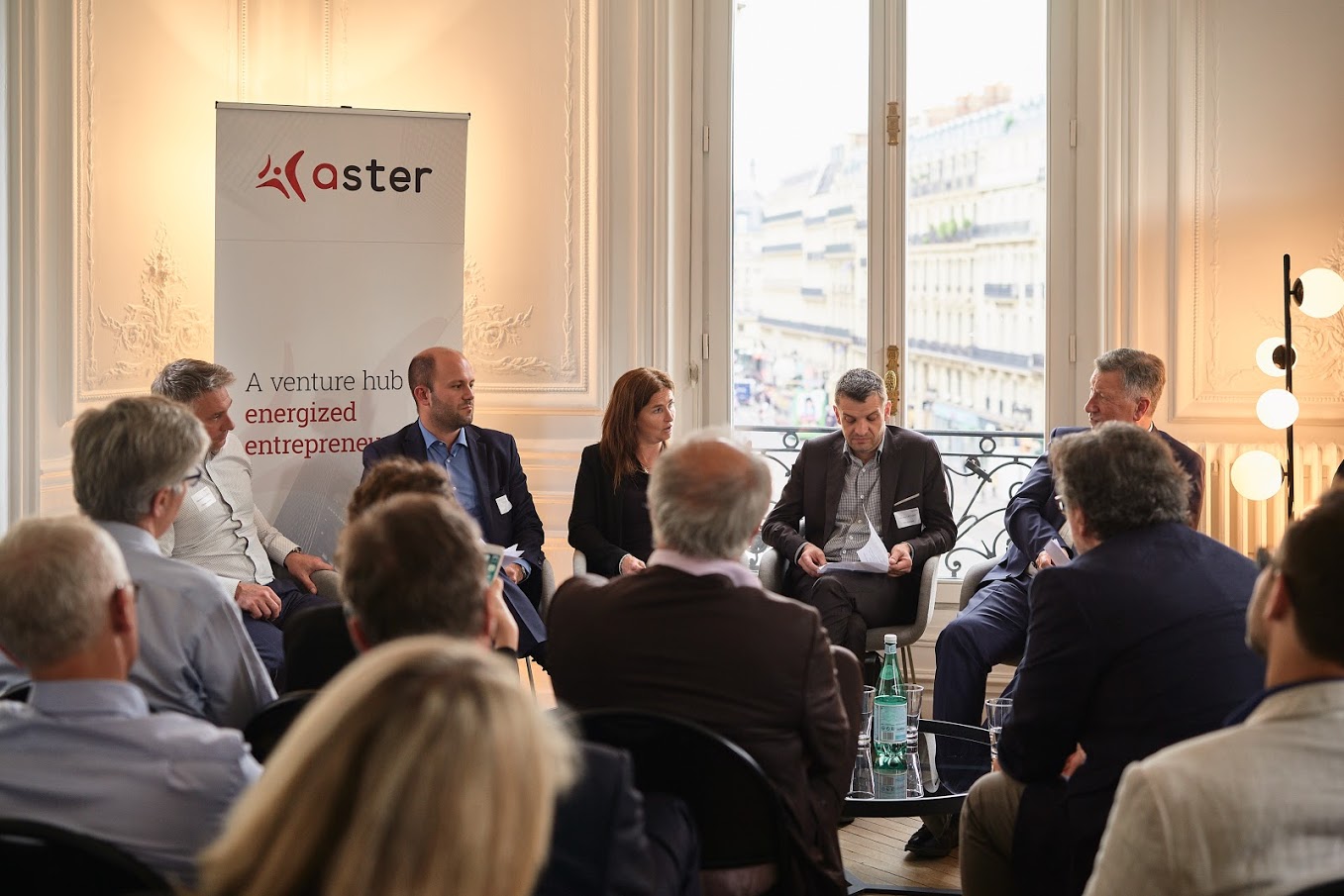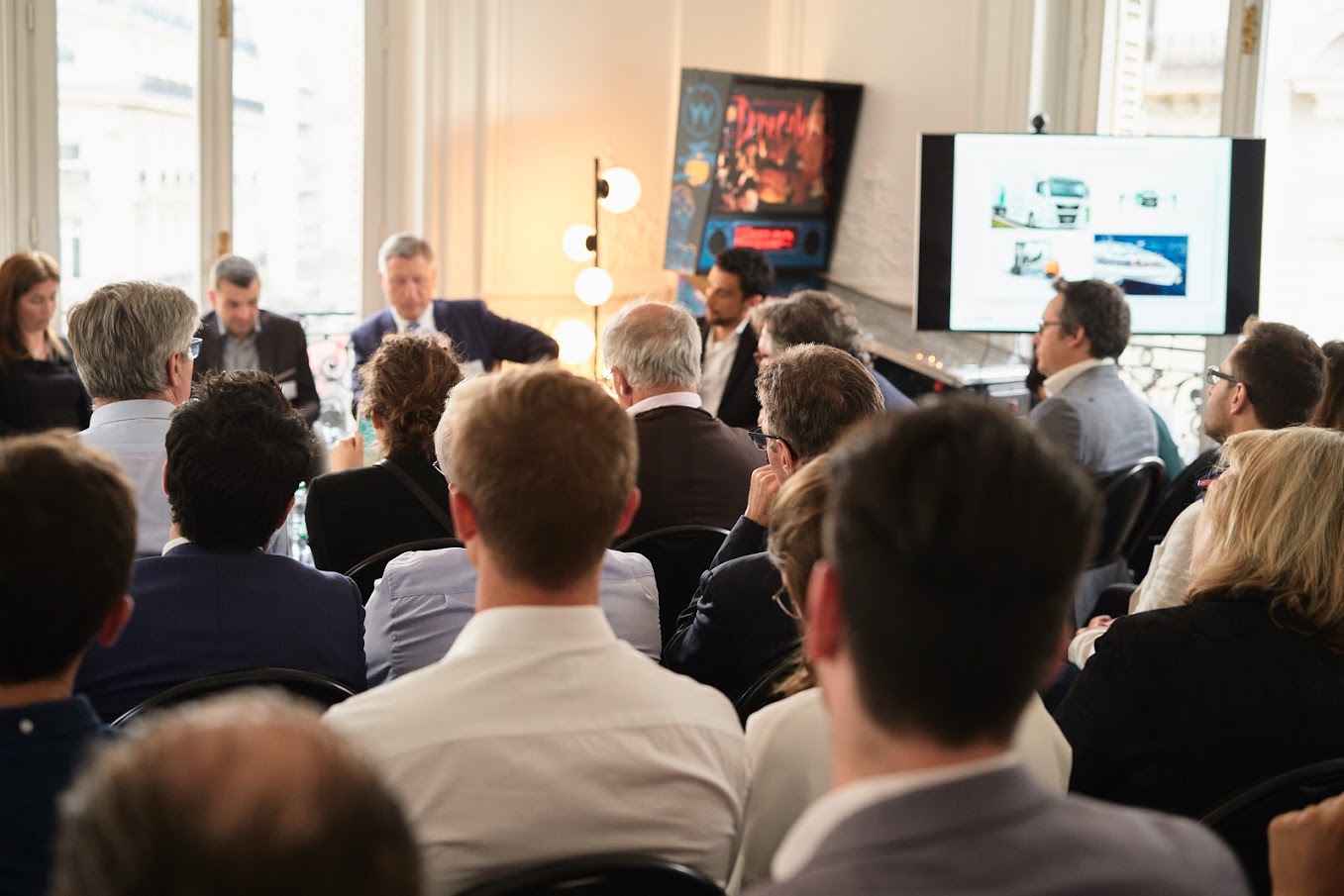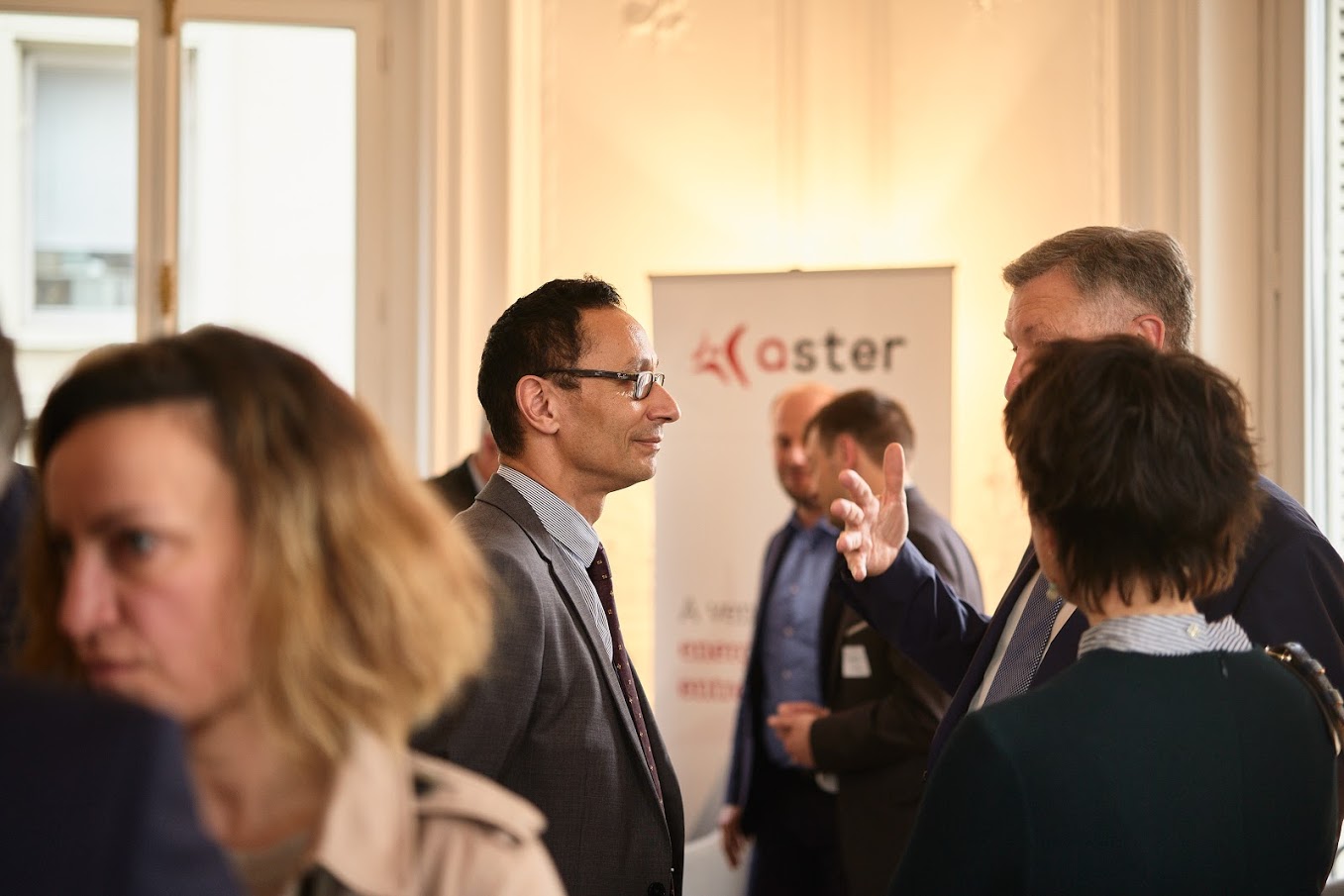Over the last 5 years, mostly for early stage, average pre-money valuations have increased by 50 to 100% in the US and by 25% to 50% in Europe [1]. Such an inflation is arguably caused by increasing liquidity in the market — both at early and later/growth stage — which makes it possible to raise larger deals with the consequence of more cash hitting the bank accounts of startup companies.
Given the above, it might seem counter intuitive to still bother about burn rate: if more money is available why should you keep control of costs? Burn rate instead should still matter for both VCs and founders for at least a bunch of reasons.
First is dilution
The less money the company raises the lower the dilutions that the founders will suffer until an exit. According to some stats, founders on average will suffer 55% dilution from seed to Series D/Exit, mostly due to fund raising. Imagine if you — as a founder — could reduce by 5% such a dilution: for an exit at $500 [2] m it would mean ca. $25m more in your bank account at the end. Moreover, the less the need of raising money, the bigger the negotiation power founders could command when setting the valuation each funding round, further reducing their dilution.
Second is more capacity to make key hires
The lower the founders’ dilution, the more the equity that can be awarded to key hires the company will need to make down the road. This can have a positive effect on the capability to grow and to yield to a successful exit.
Third is value creation
If you are pretty sure about your product/market fit and you master your channel and your growth quite well, then probably this can apply less to you. But at the early stage, you don’t know how much value each dollar spent would turn in terms of margin or other relevant metrics of value creation. However, this is a metric that is key for an investor and would penalize the company that will fail to deliver that. A mastered burn rate will help you achieve that and will make it easier to raise at an up-round valuation next time.
Fourth is the capability to navigate risk
While in these days you see a lot of liquidity in the market and relative easiness to finance private early stage companies, a downturn, especially with global capital markets at all time high, can always be around the corner. And if the market dries up, then it will be much more complicated to raise the next planned fundraising. What a controlled burn rate would allow you to do is at least: 1/ extend your runaway to push further down the road your next capital increase and give you more time to demonstrate the worth of the company; 2/ demonstrate capacity of founders to care about money and hence to be able to navigate well into downturn times, 3/ it gives more flexibility and higher chances to be able to survive if things don’t go well in some periods, which is a risk any startup might face.
Now, assuming we understood the importance of a controlled burn rate, then how to get there is not always an easy task.
When you are a small startup and you want to reinvent or disrupt a large market, you might want to do thousands of new things at the same time. But what is essential? What is crucial so that if cracked, would bring the company to the next level?
Your customers
Especially in the early days, you might be tempted to spend for engineering the product, build the sales team, create a smart marketing campaign and a distinguished positioning. These are all good things to think about, but you need to make sure that what you have already in hands really works. Before looking inside your company and look for the resources to make things happen, make sure you look outside your company first!
Do you have customers that are paying you, do you fully understand what needs they have? Do you master the sales cycle and what does need to really happen before your customers could buy massively from you (including what needs to change/happen in their organization for the purchase to happen)? Especially true for B2B companies, sometimes sales cycles could end up being quite long. Customers, especially large ones, are slow to make decisions, and you need to last long enough to wait, efficiently, before the decisions are made.
Now, once the above is well mastered, make sure you’re embarking on something that is of priority and whose consequences can be directly linked to value creation. Make sure you assess the capability of the company to deliver before starting something new and that everybody is aligned to your strategy so that your sales team can sell what the product team can produce (it could seem obvious, but sometimes is not).
Recruiting
Clearly most of the burn rate of a startup will be dedicated to people, so as a founder you need to manage the evolution of your organization well. Some founders might be tempted to hire long time professional managers early on, but in reality, you don’t necessarily need managers until you reach a certain critical mass. Founders should manage people for as long as it is practical. Certainly, your employees will be continuously asking for more people, it is an instinct to pretend more people below. Yet keep firm and don’t give up on this until it becomes essential.
But of course, as some point you need management roles to be filled in, and certainly hiring is faster, it gives you the impression you have the skills you need at the time you need. This is clearly in some cases the best option, but don’t overlook the need to nurture leadership and promotion from the inside: long time employees are in general more loyal and grow with a sense of ownership and alignment with the founders.
There are several other topics that might be worth investigating when burn rate is concerned. Listing a few, as I have done above, is not exhaustive, but gives some clear examples of what is at stake regarding this topic, even at times of plenty of liquidity in the market. And at the end of the day what really counts is the founders’ attitude. Treat the money you raise from investors as your own. That will completely turn the mindset and will make sure expenses will not go out of control without anybody noticing it.
In fact, the vocation of a startup is actually… to fail! As the Startup Genome Report say, 92% of startups raising some sort of seed money end up failing. And no matter how much you raise, if you don’t control your burn rate you might end up failing.

